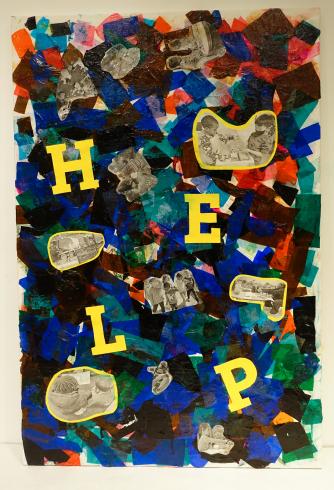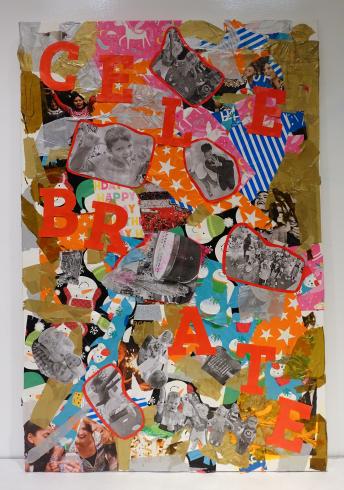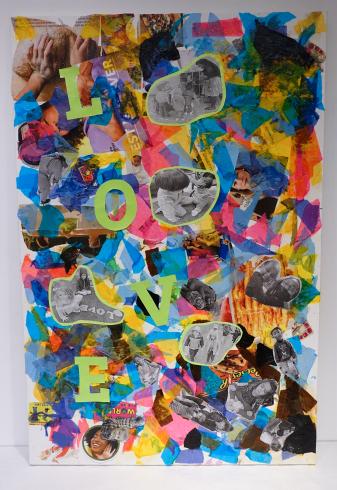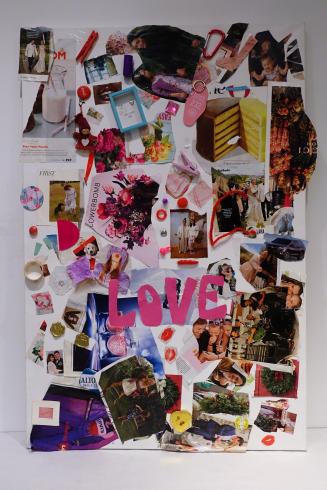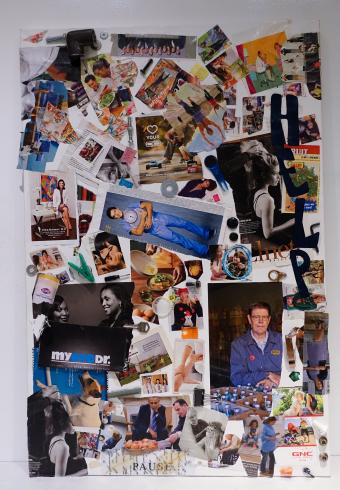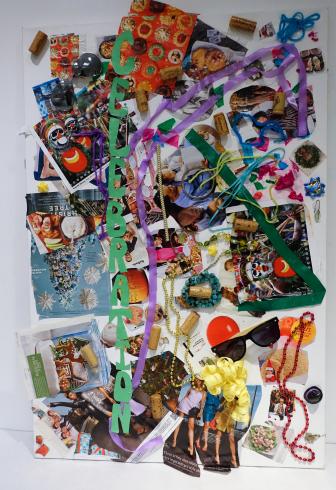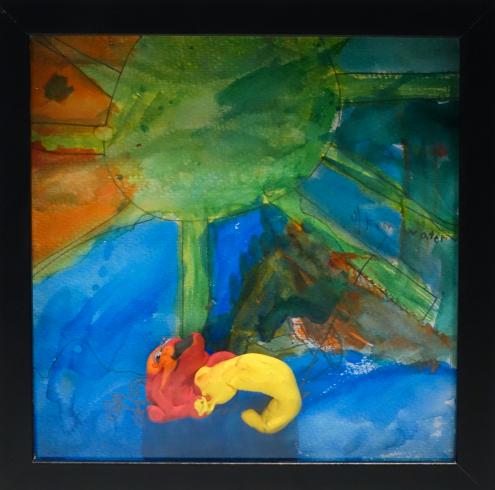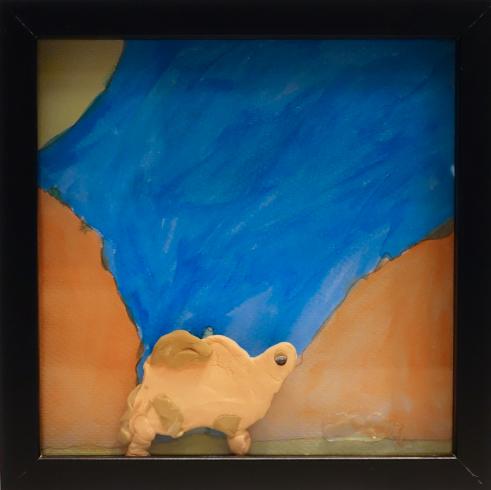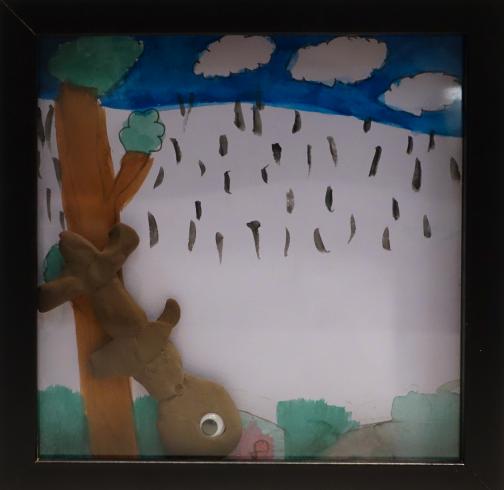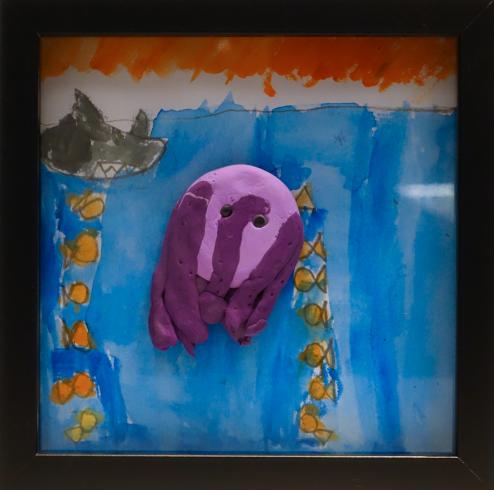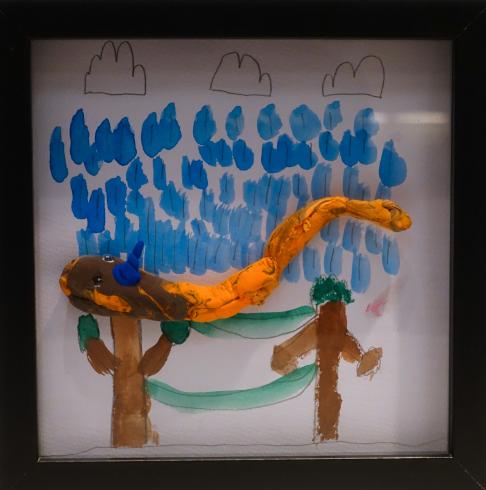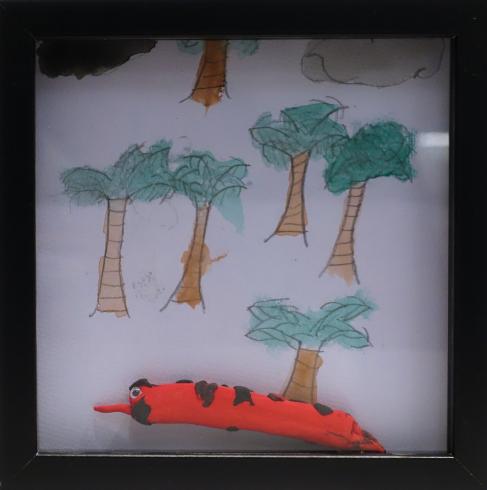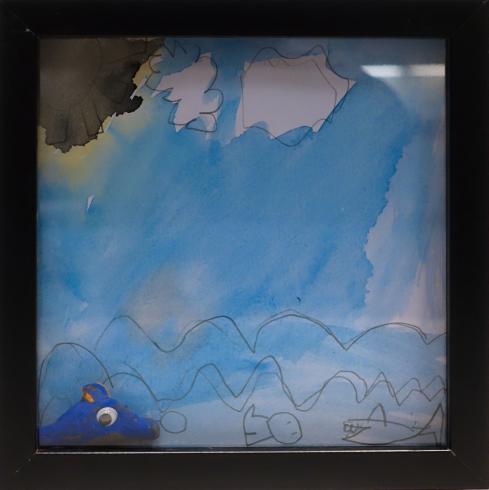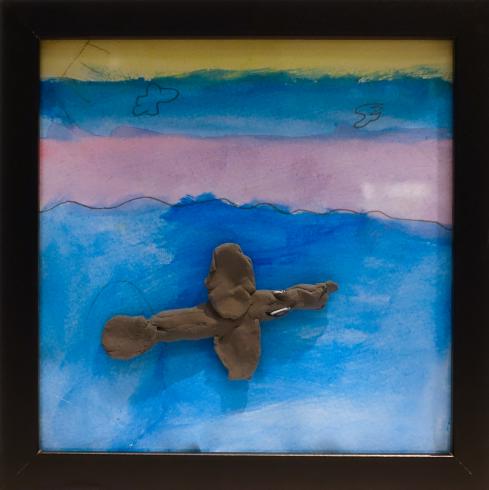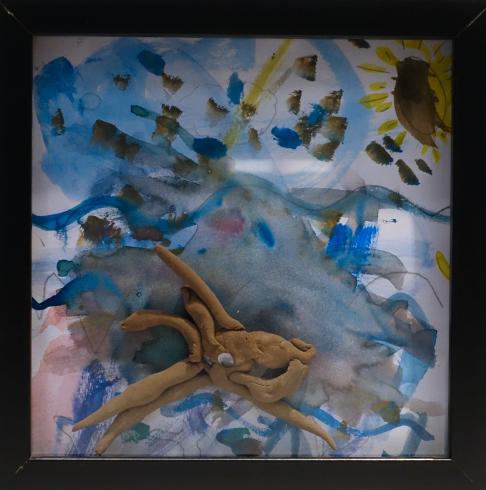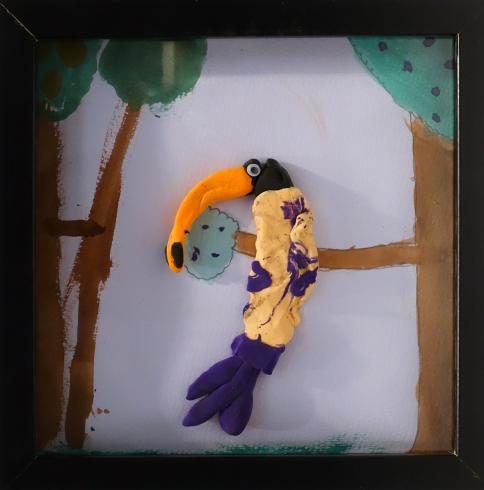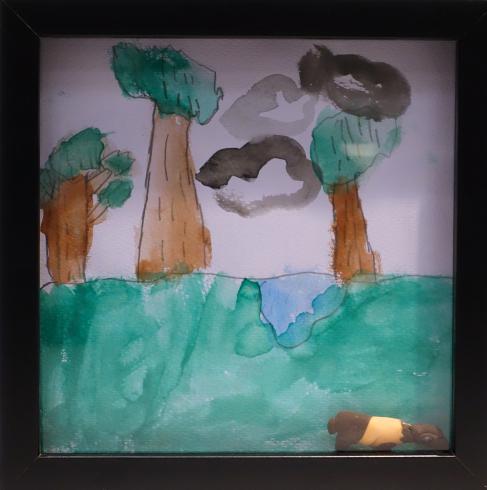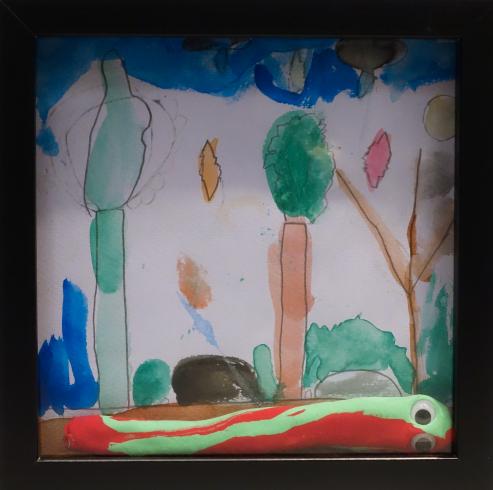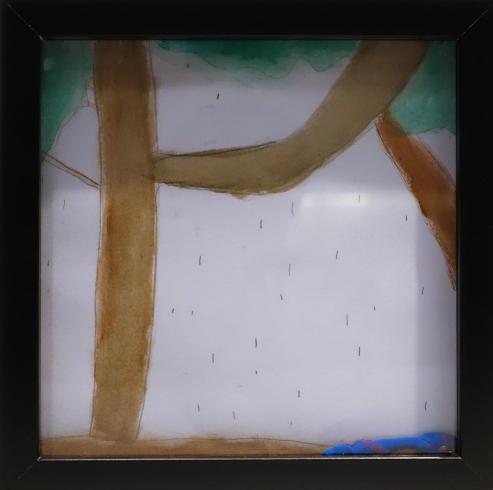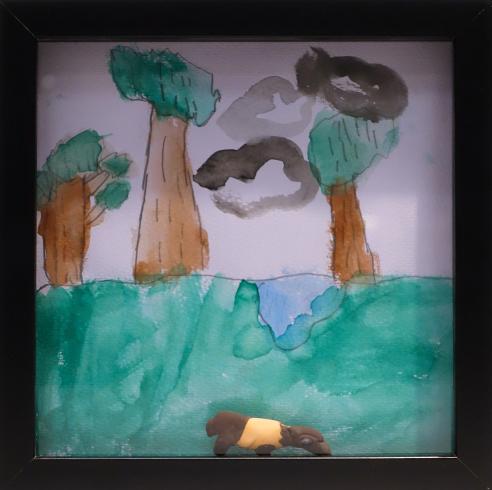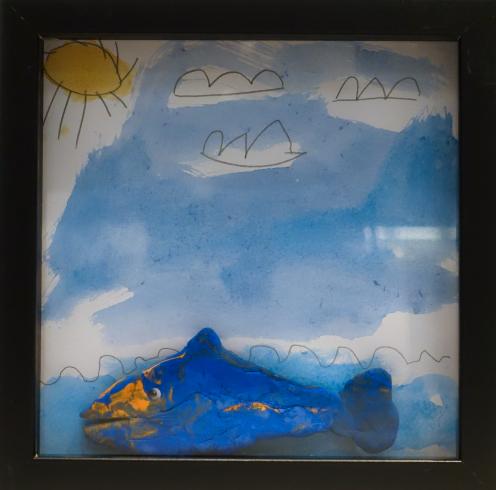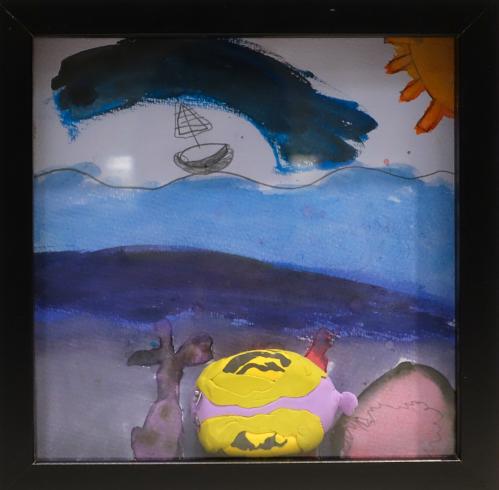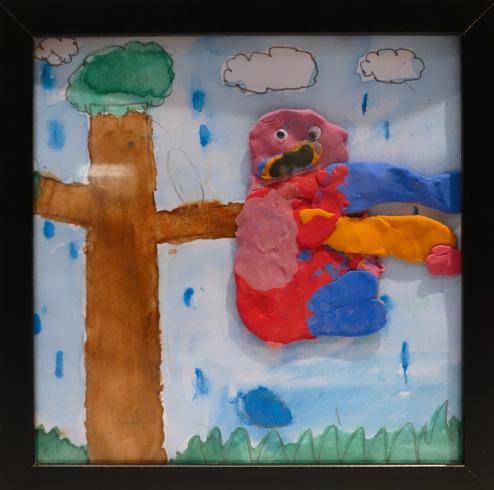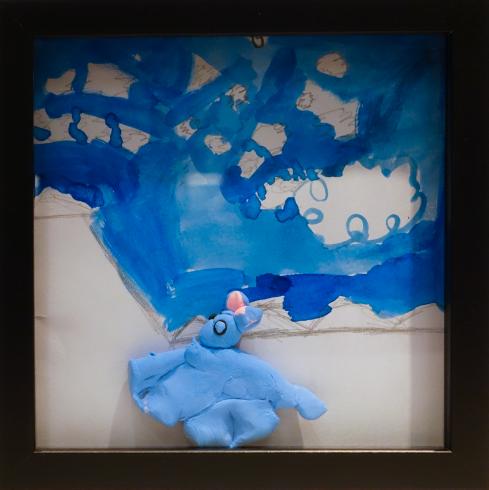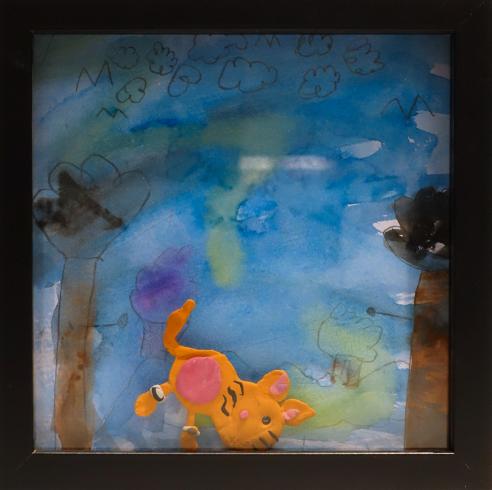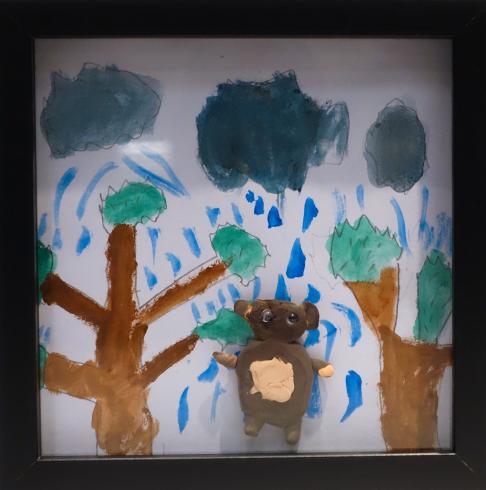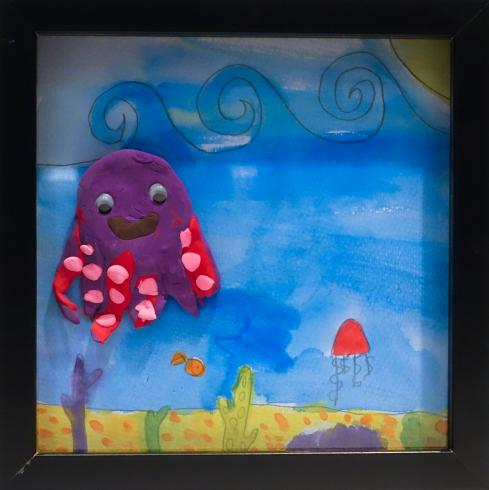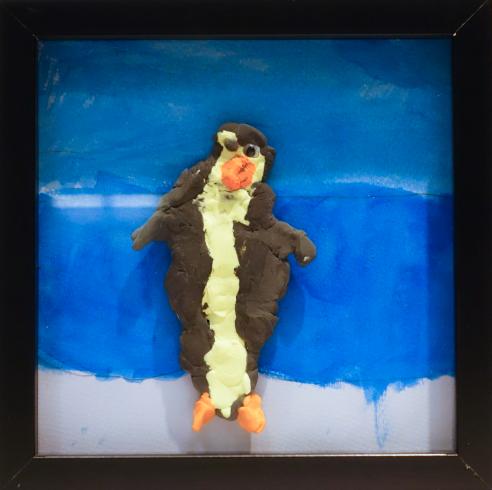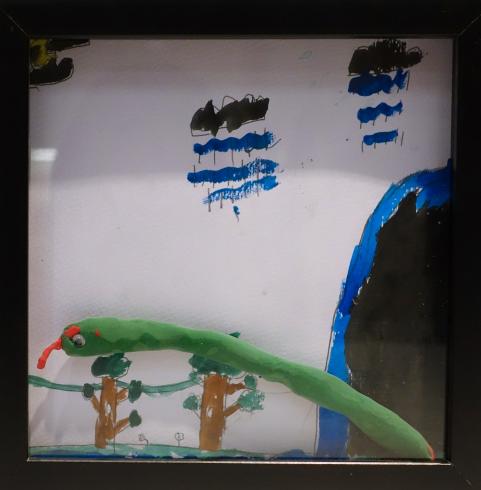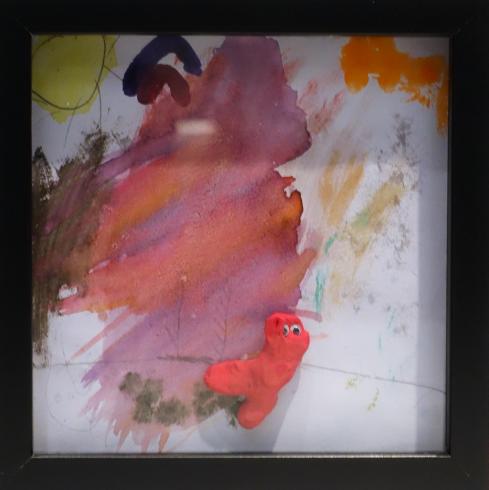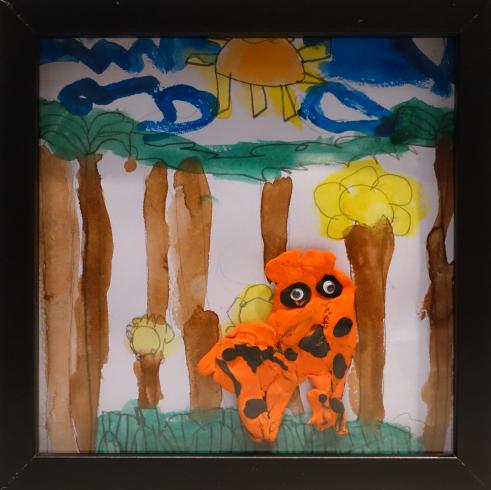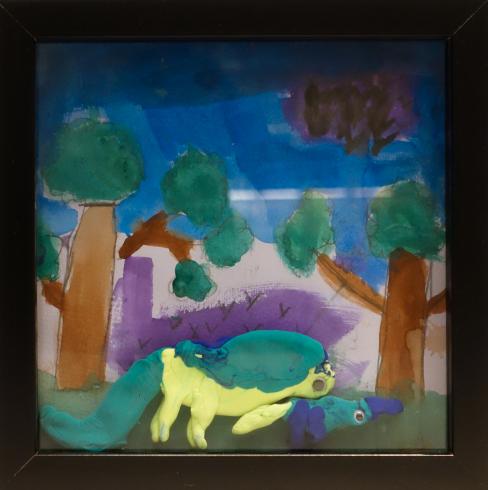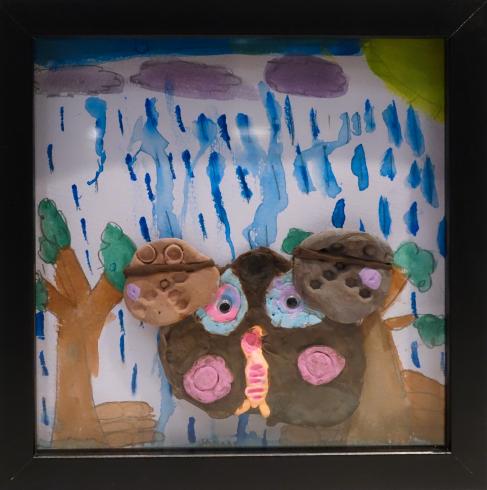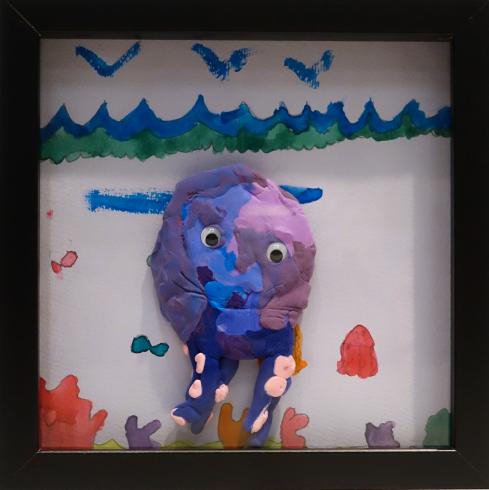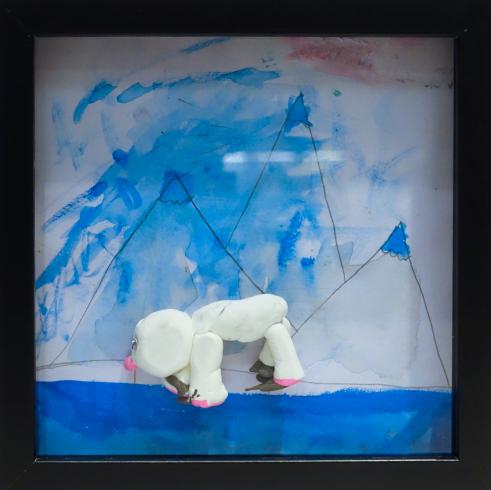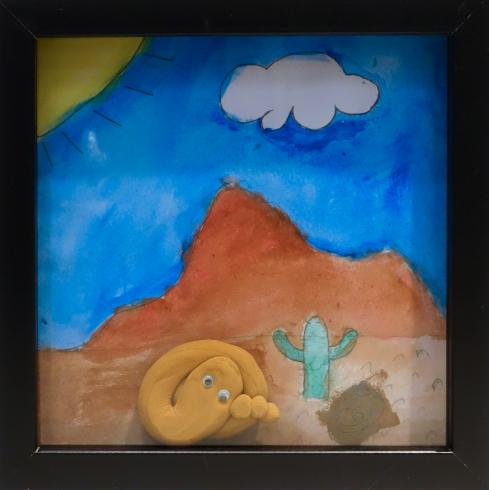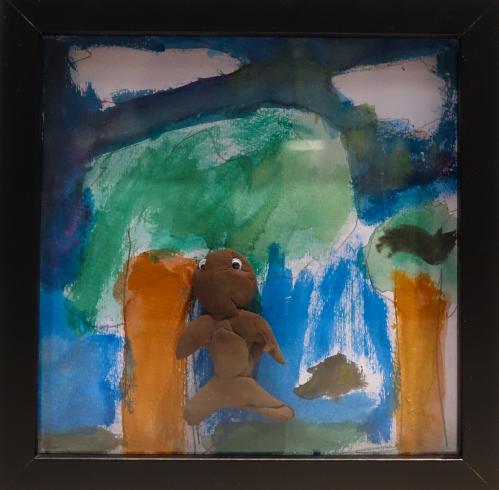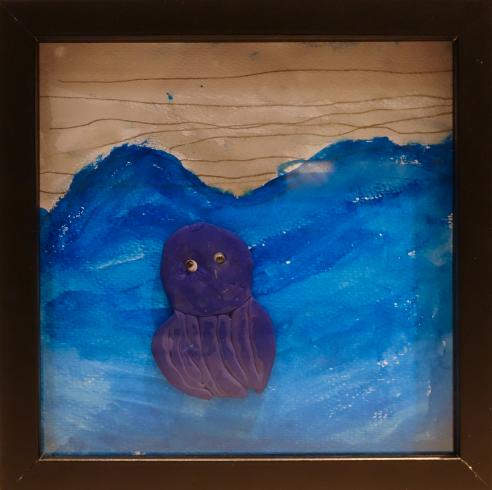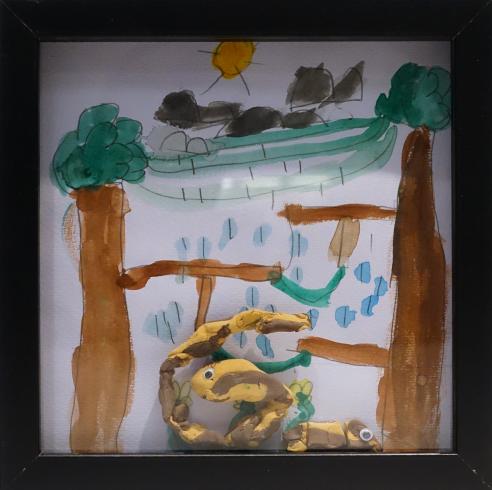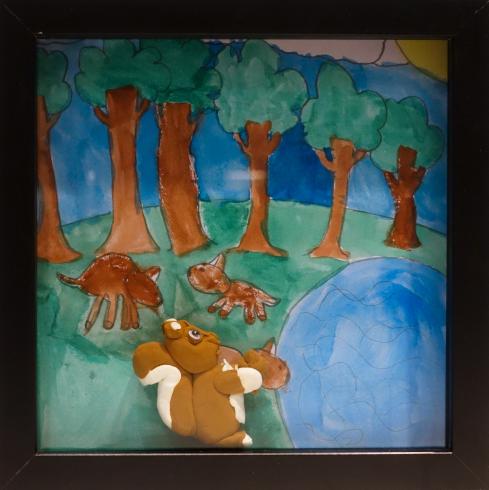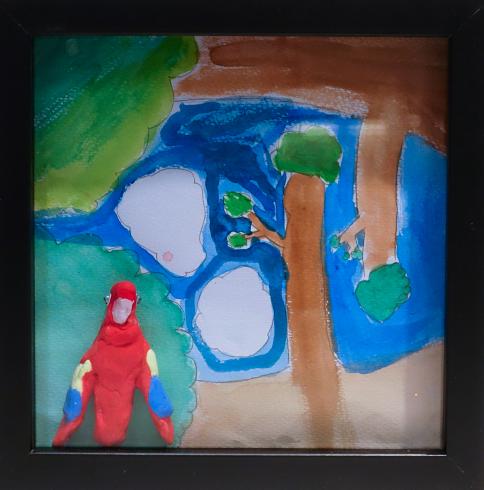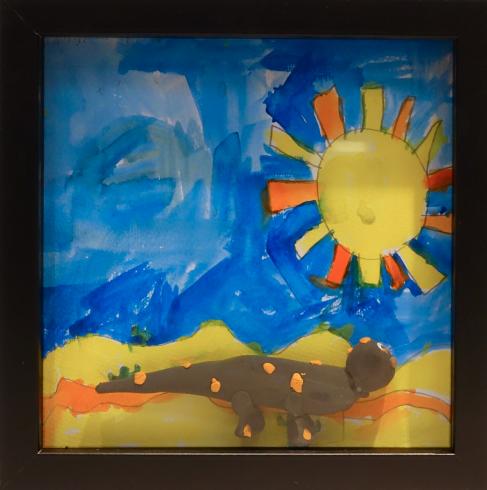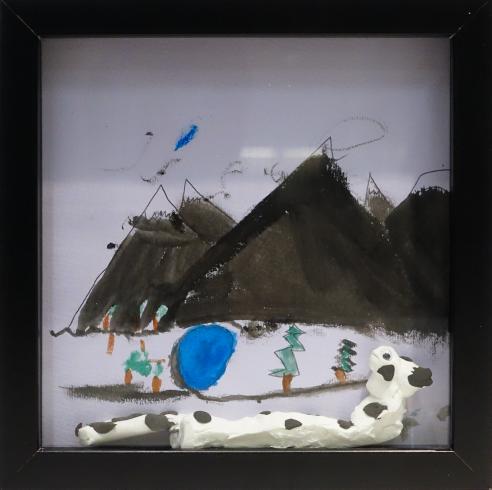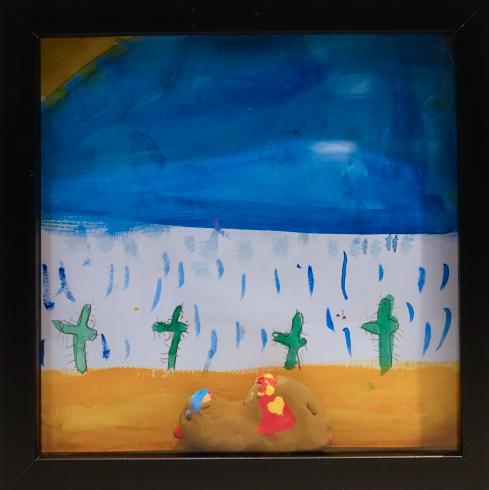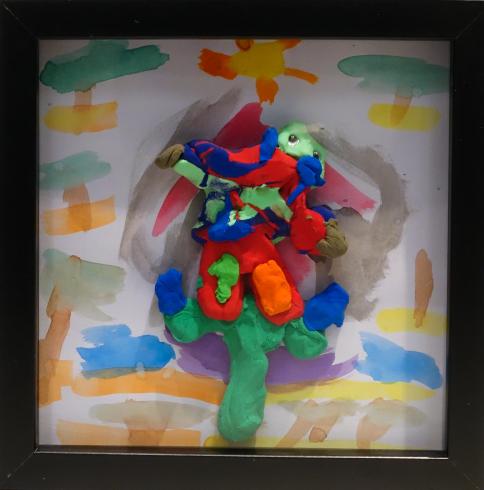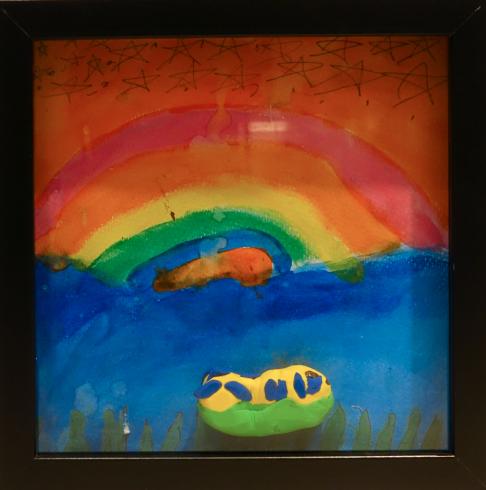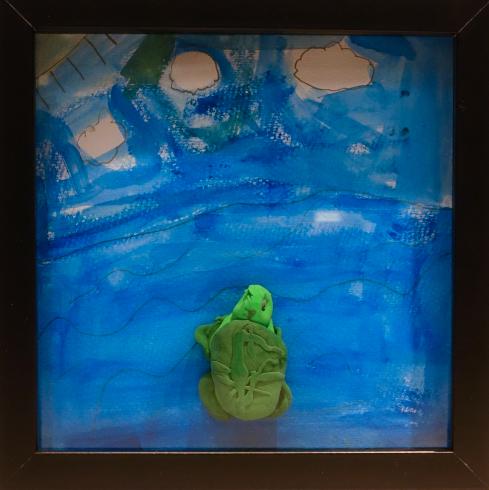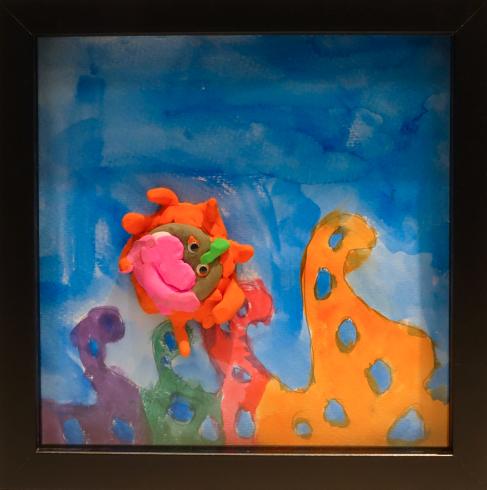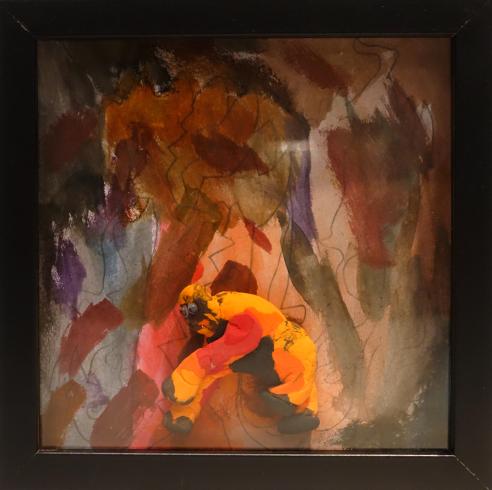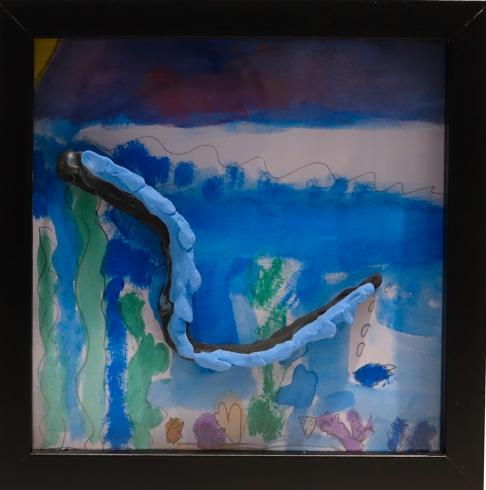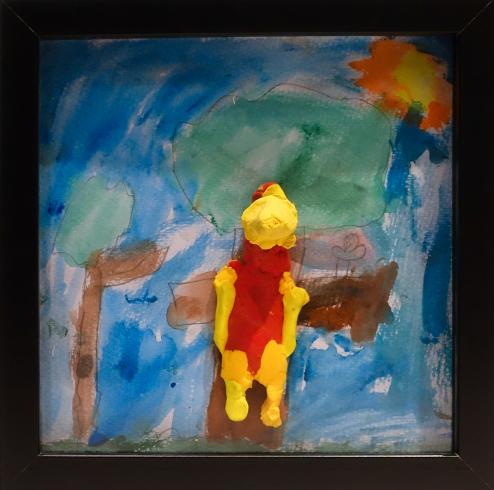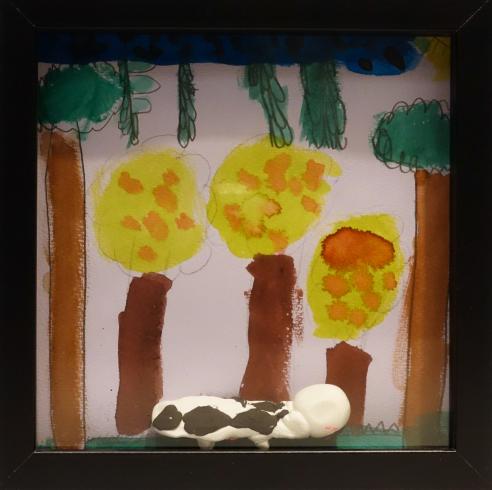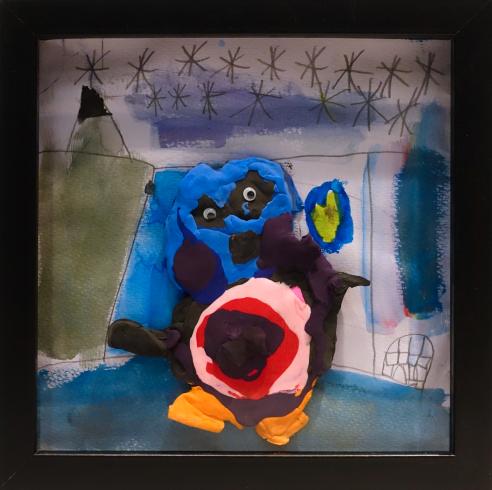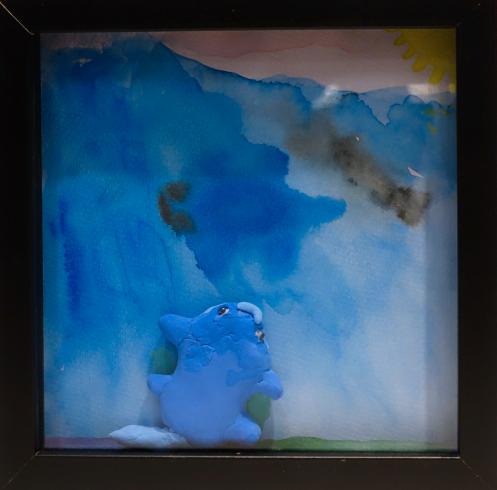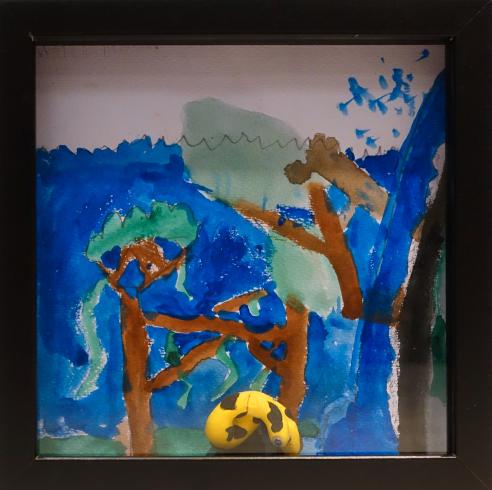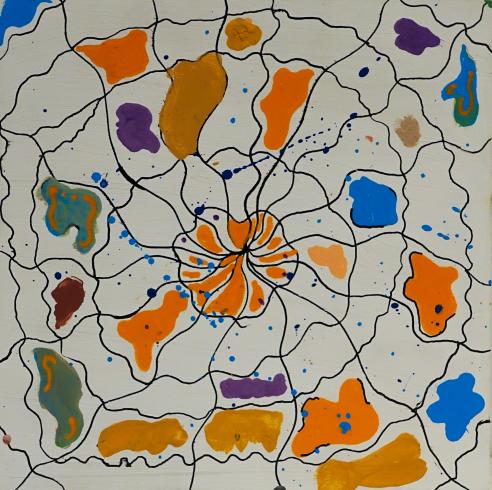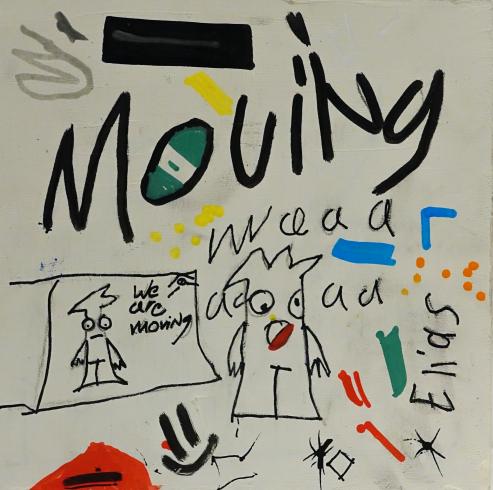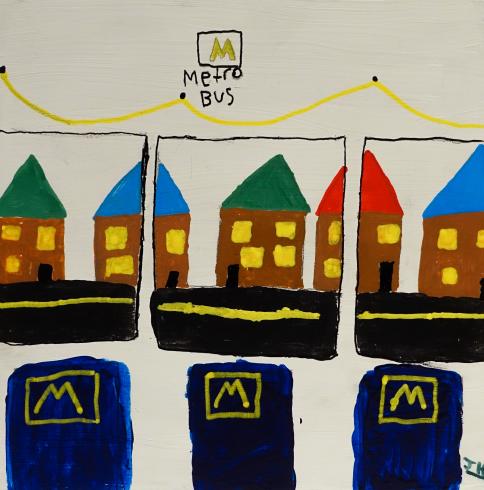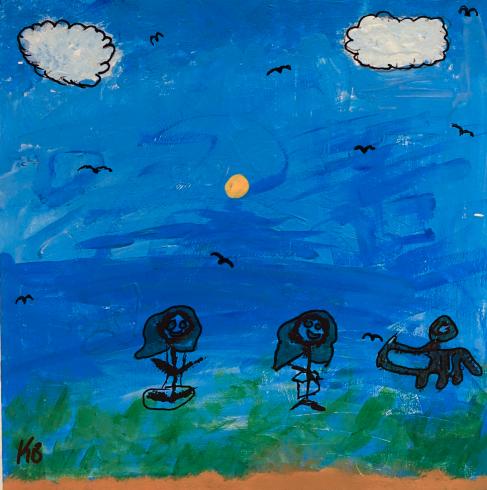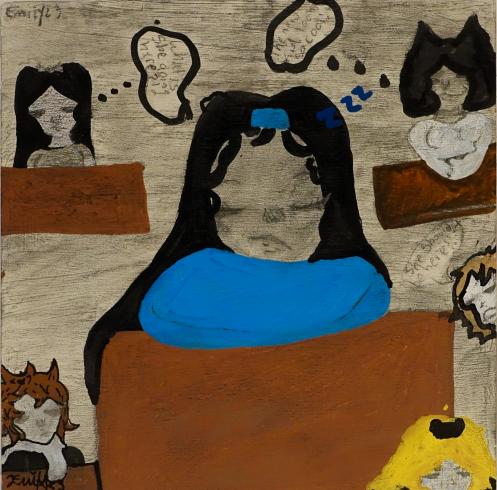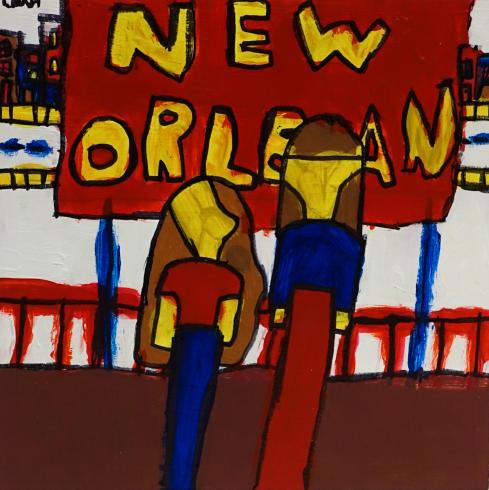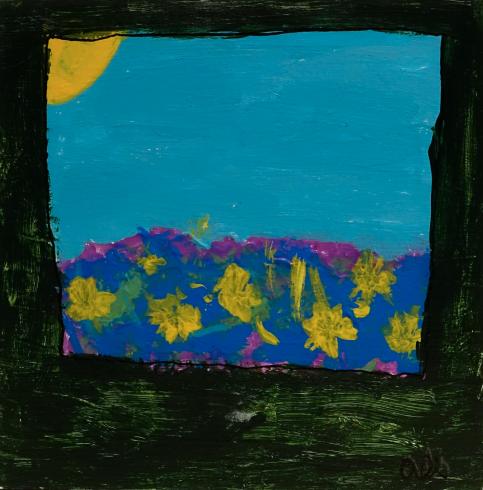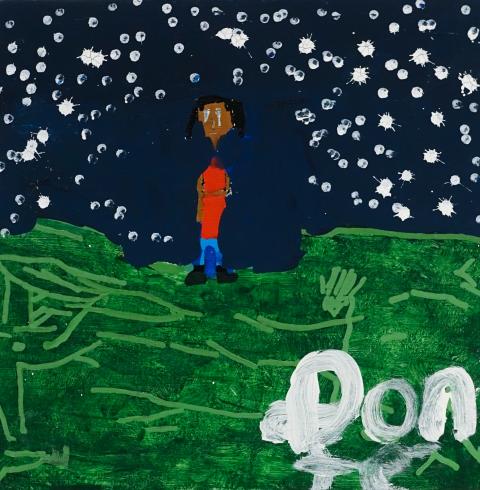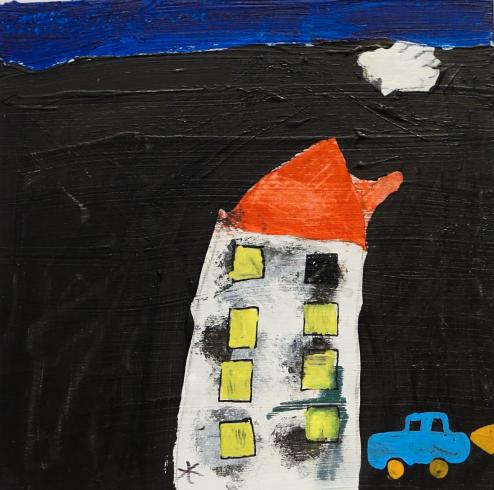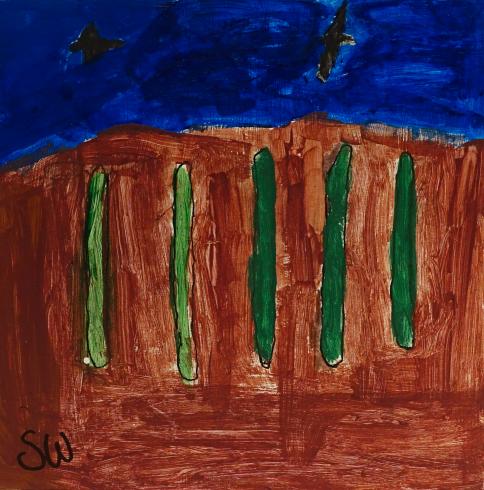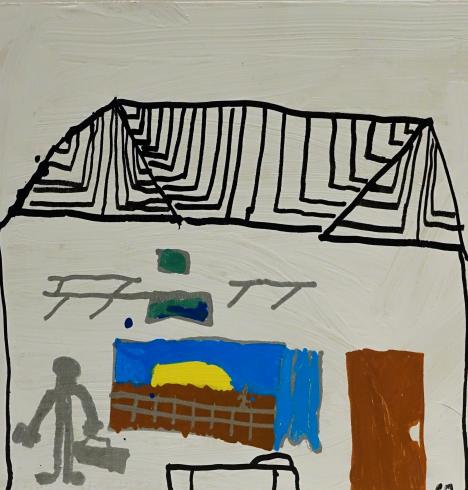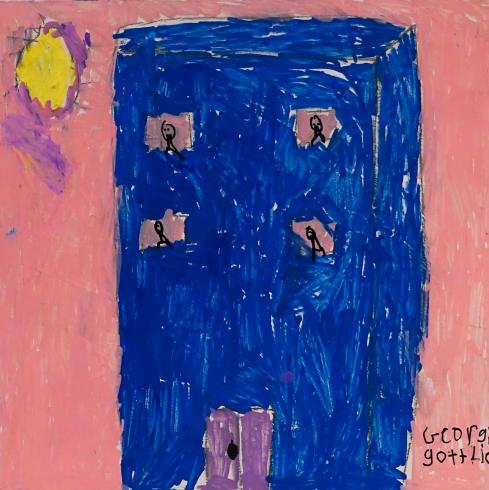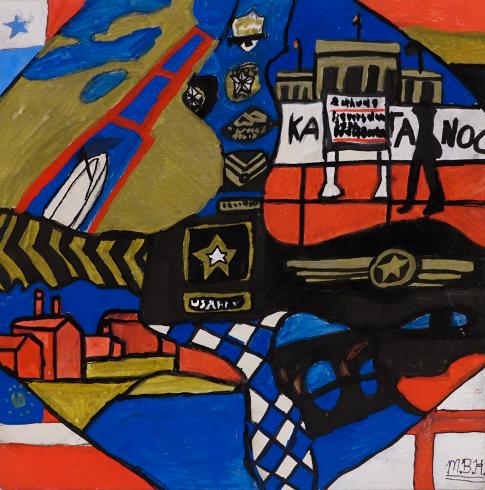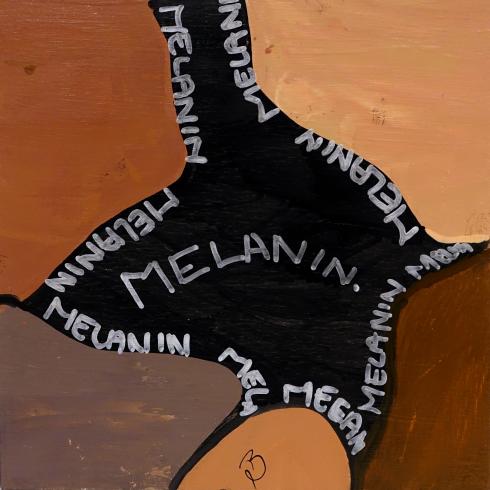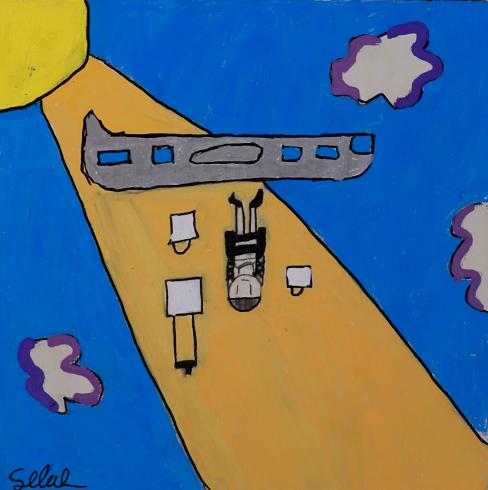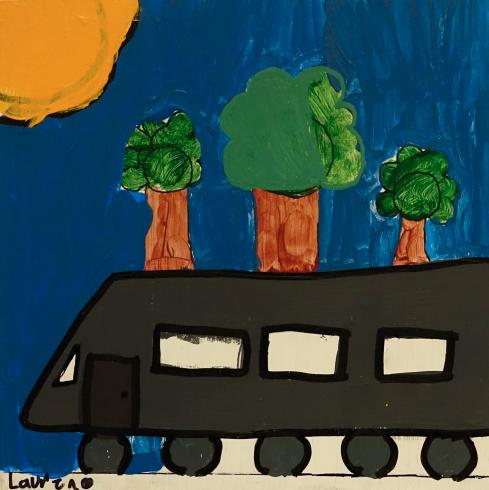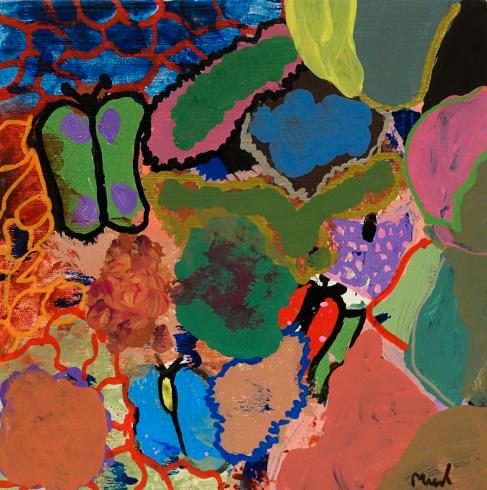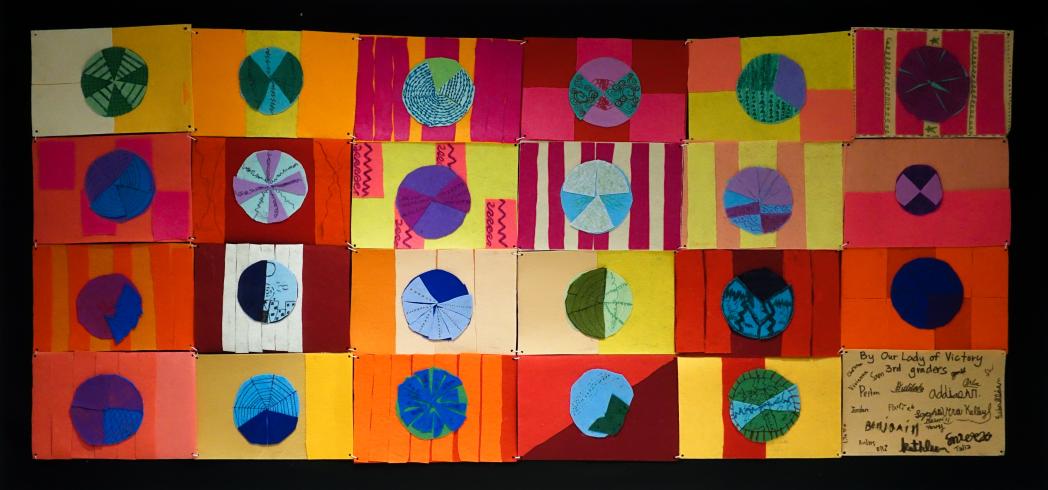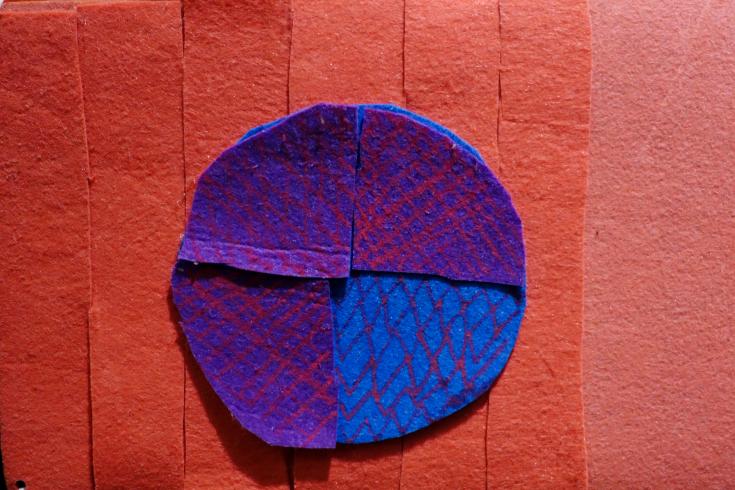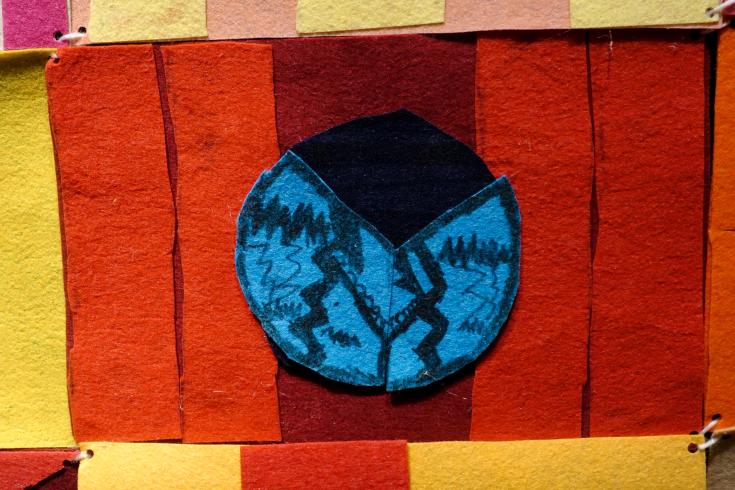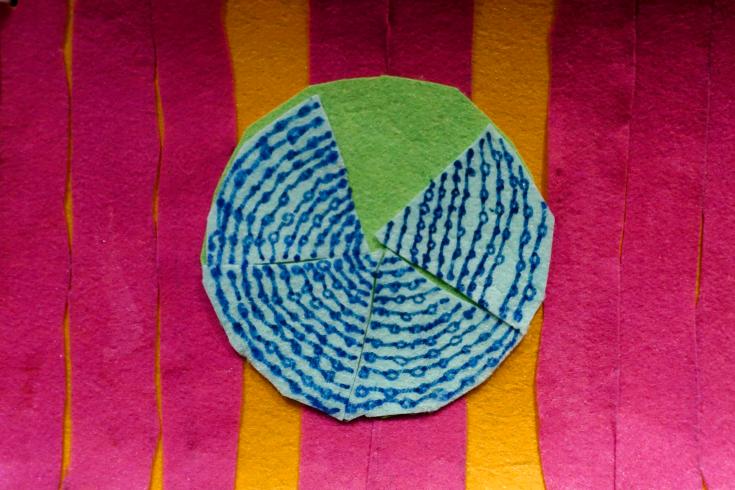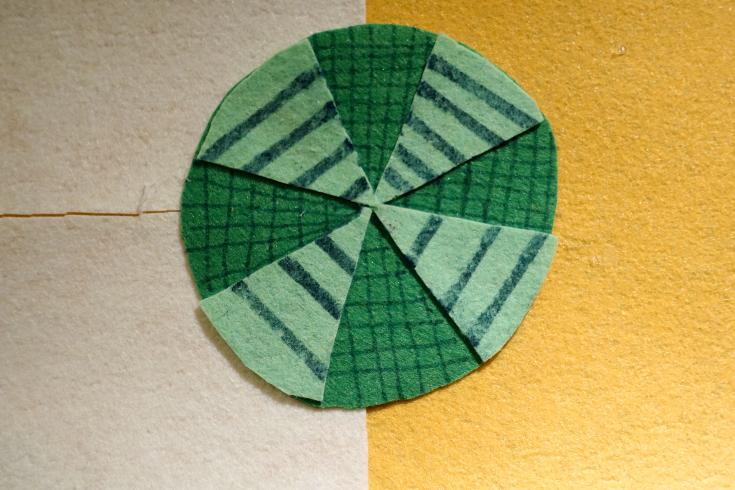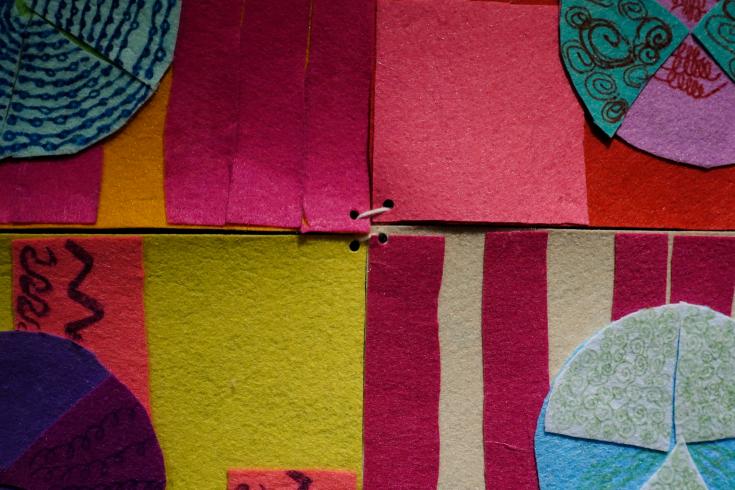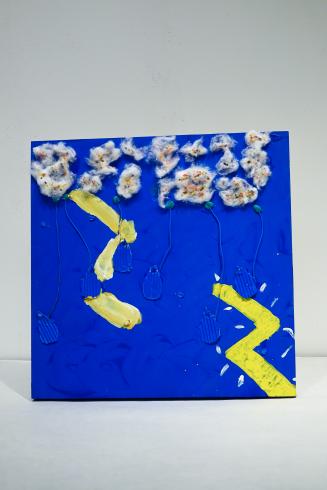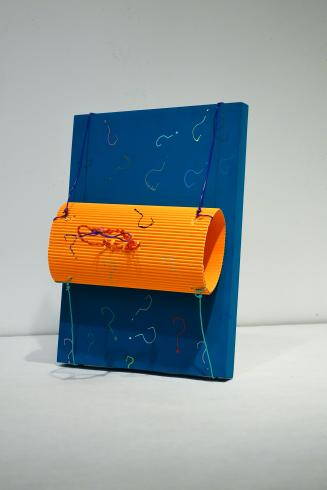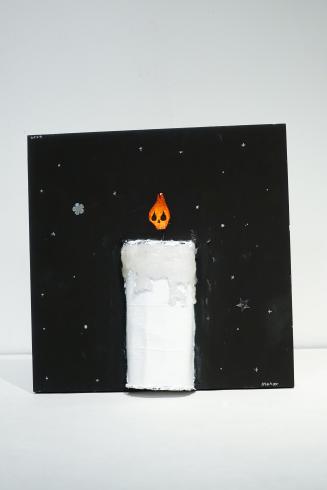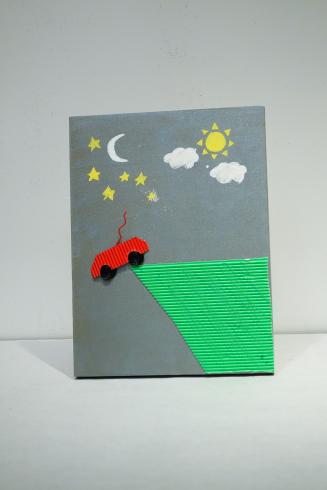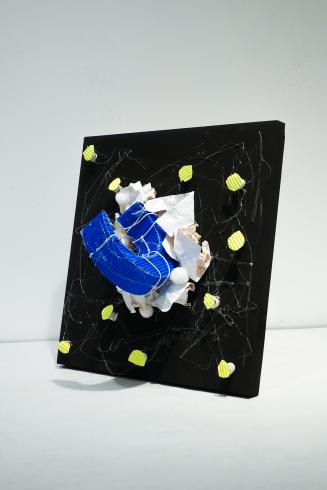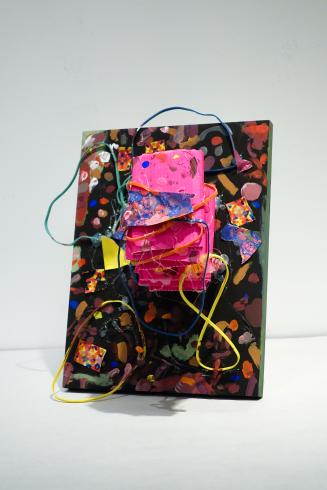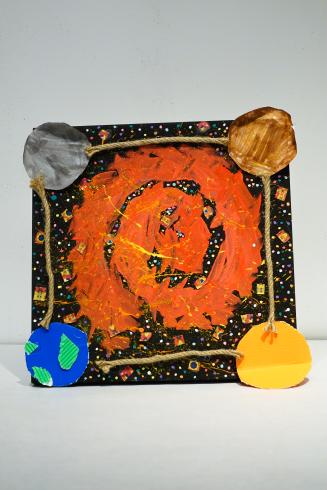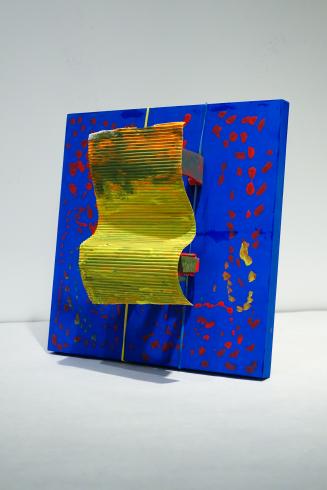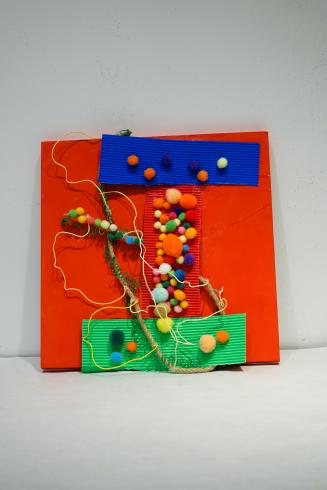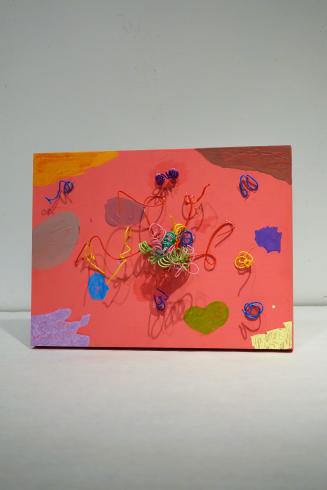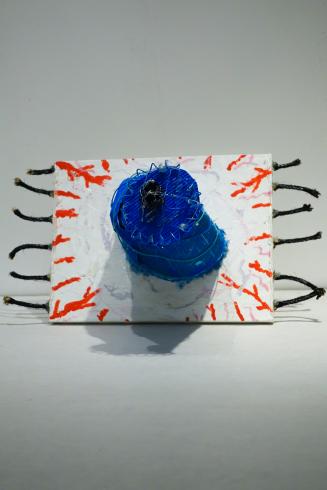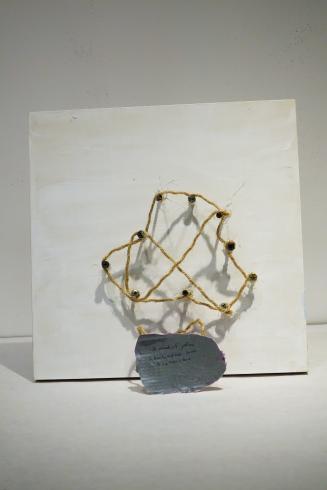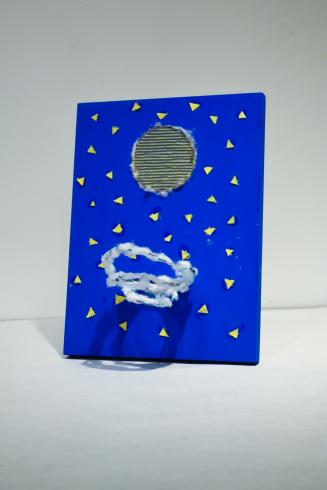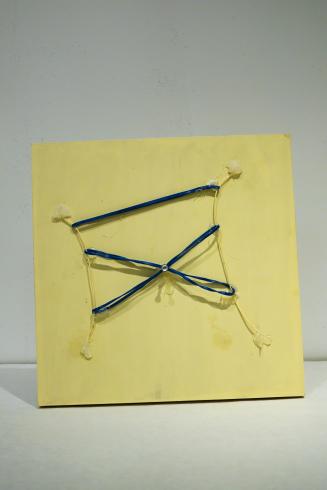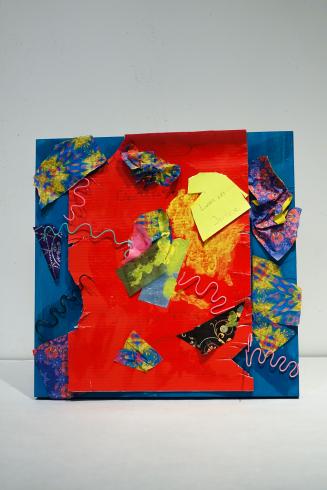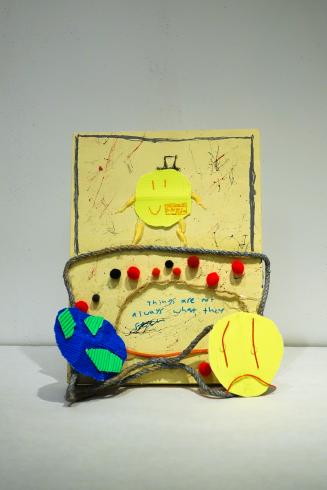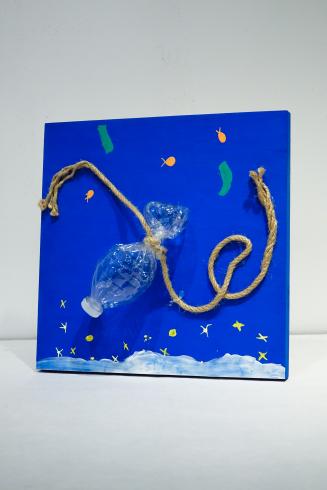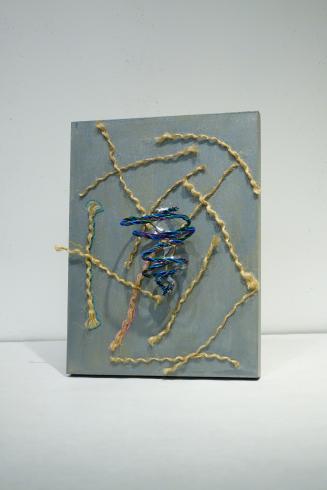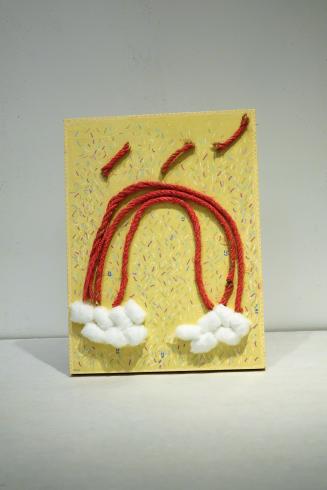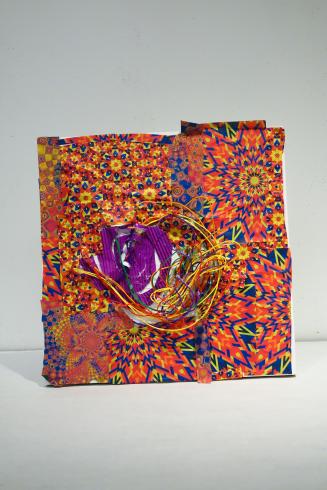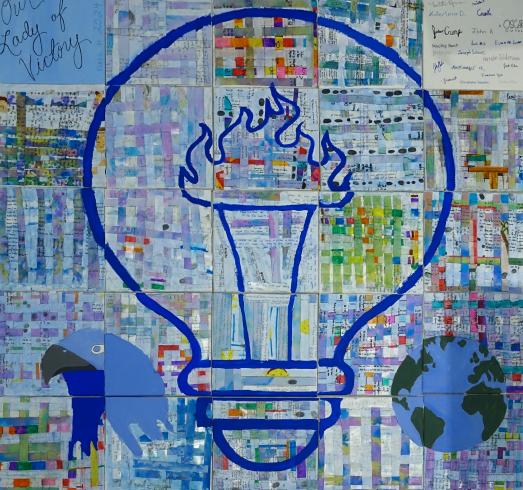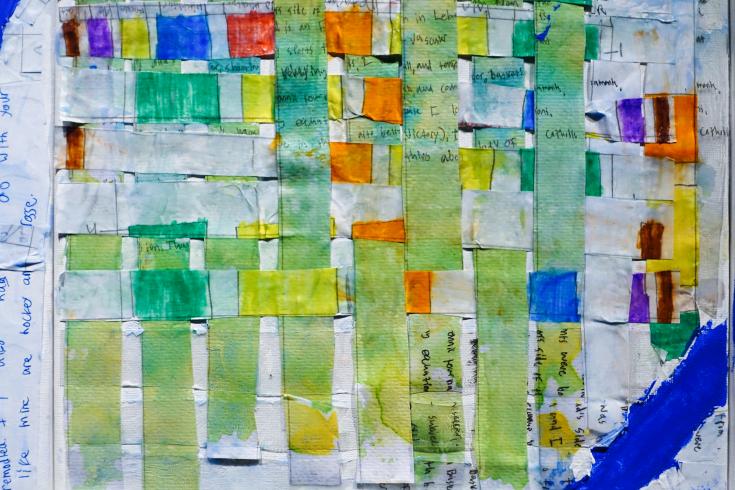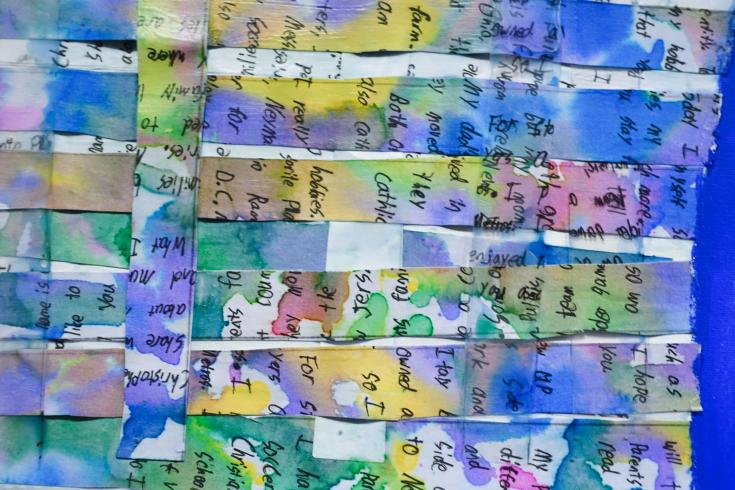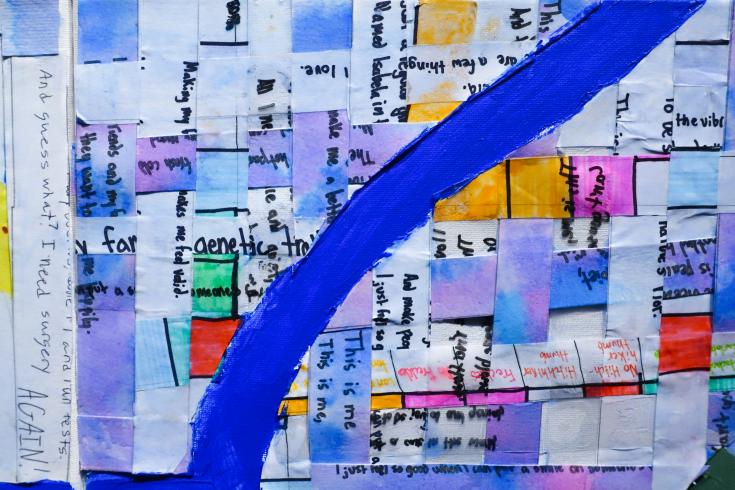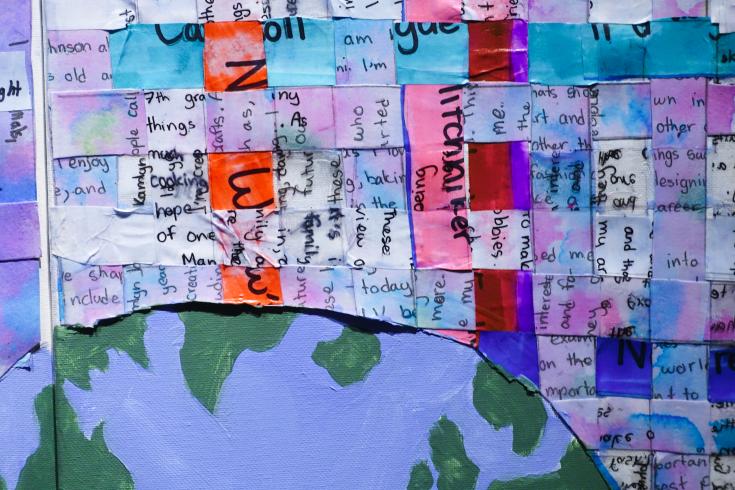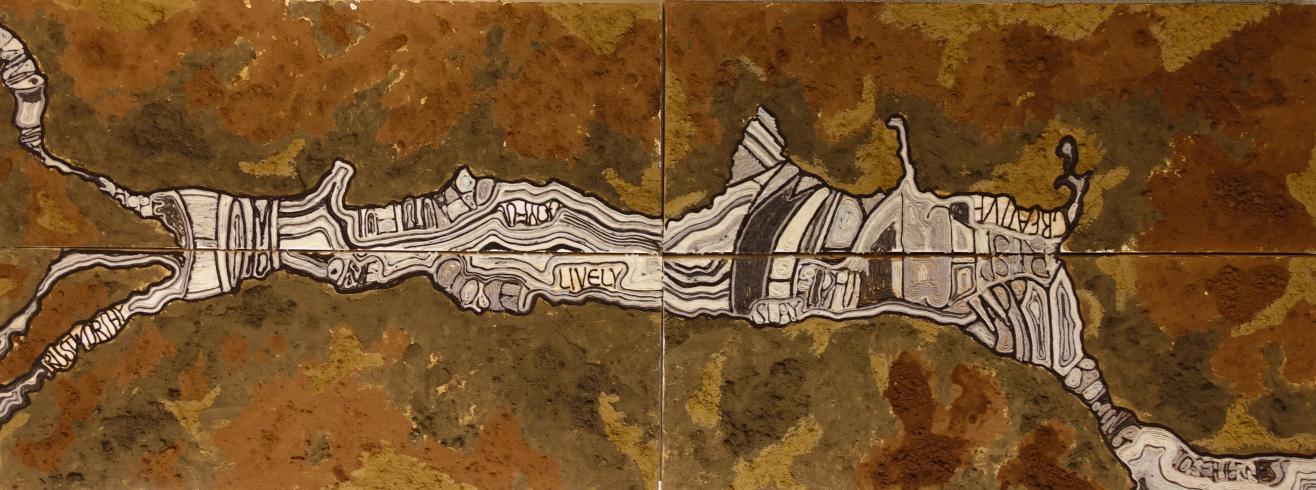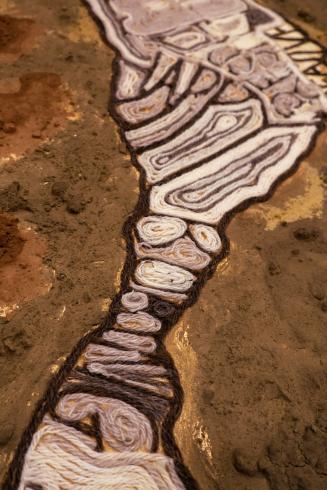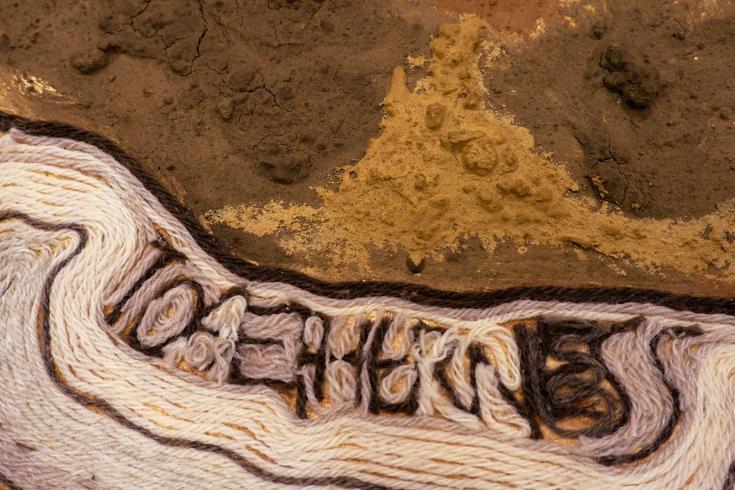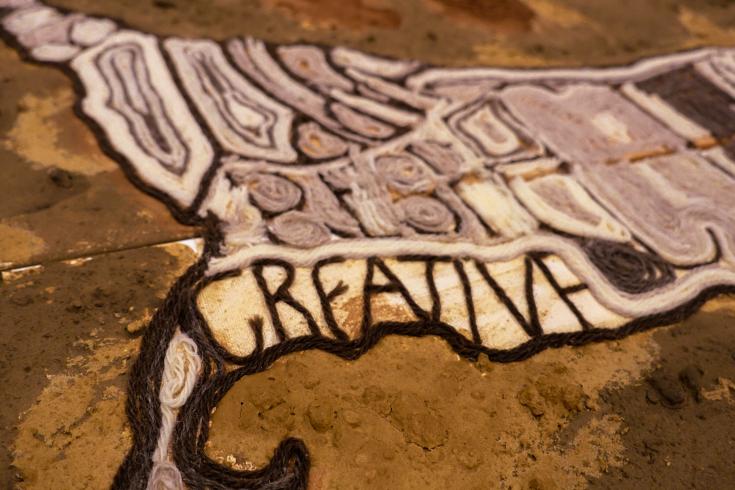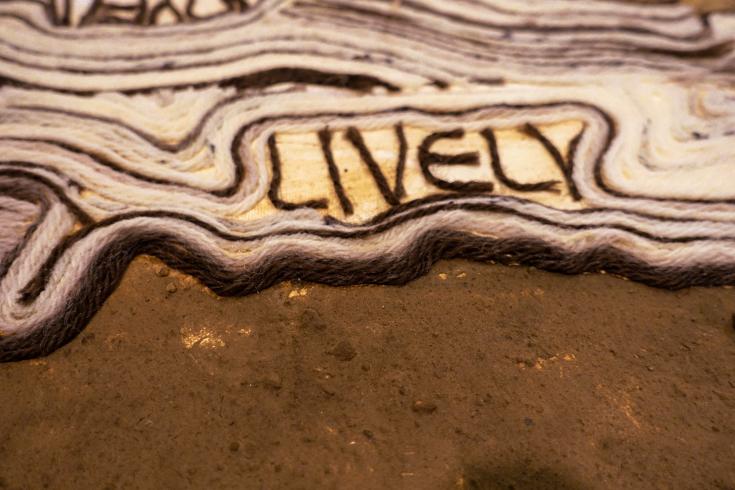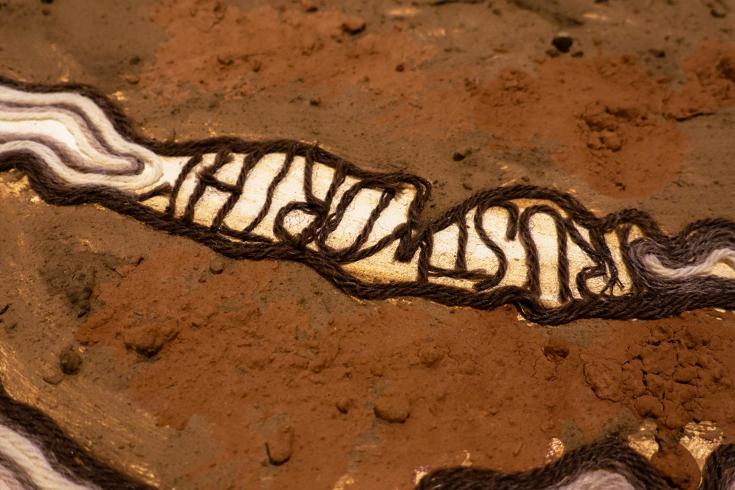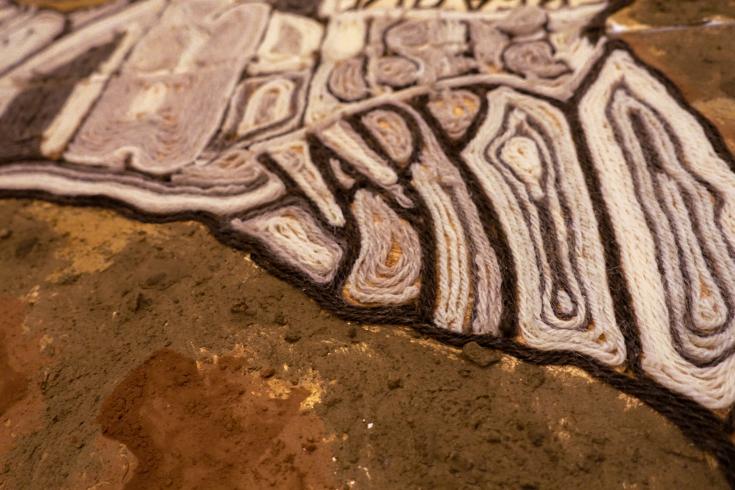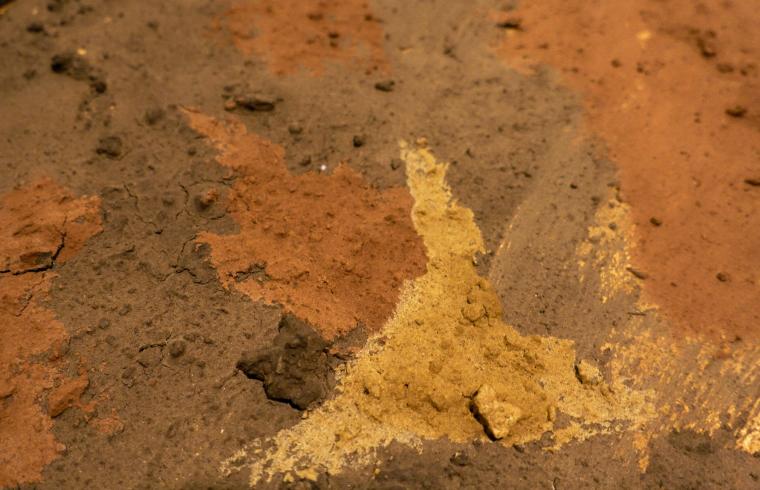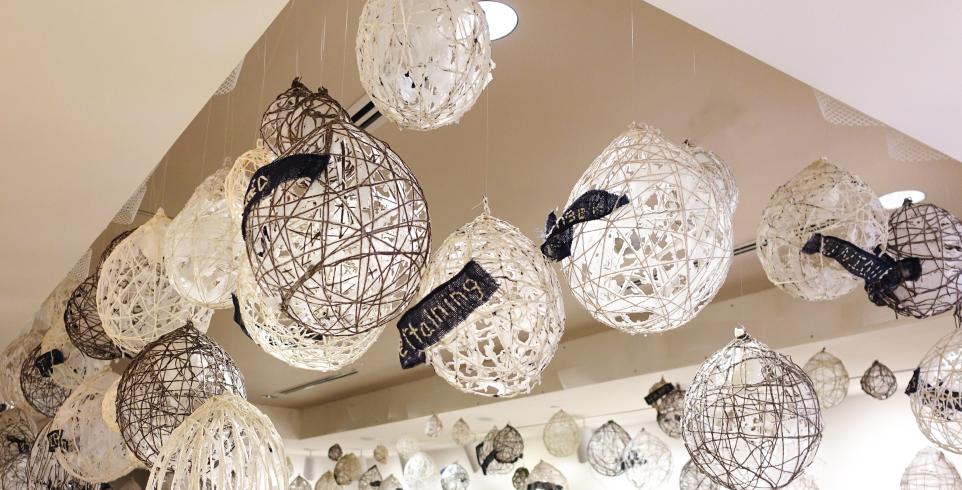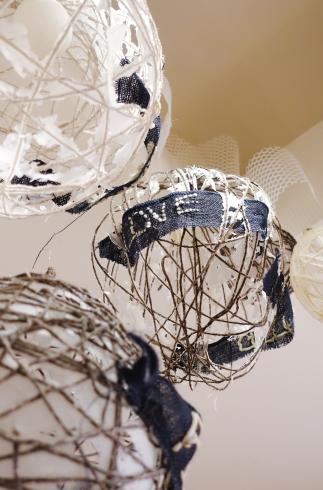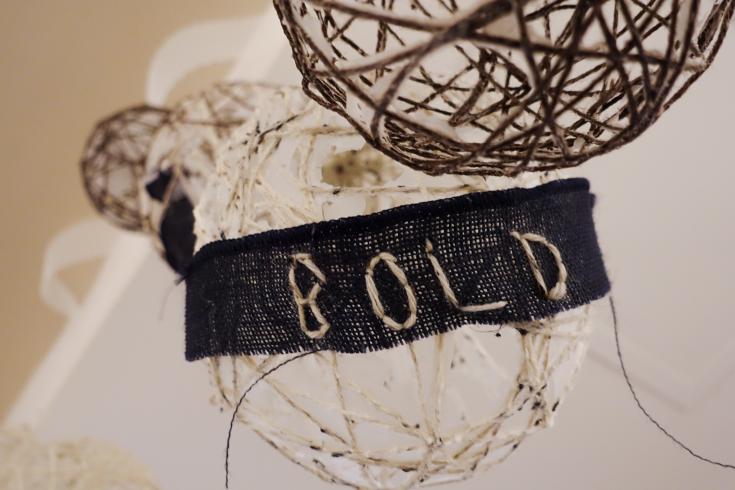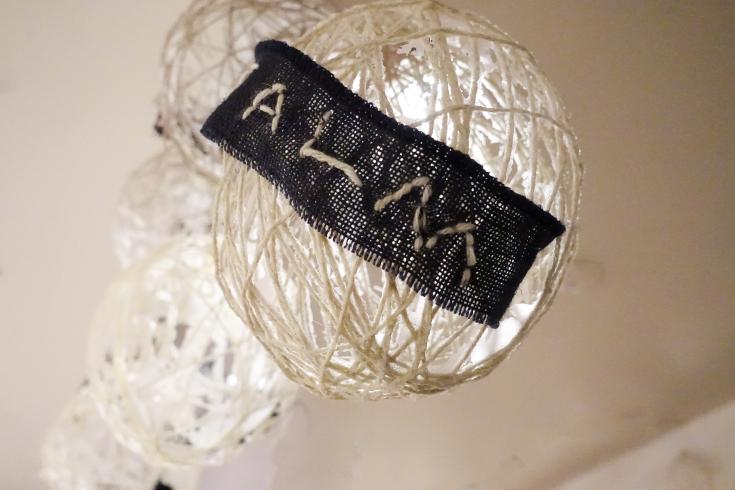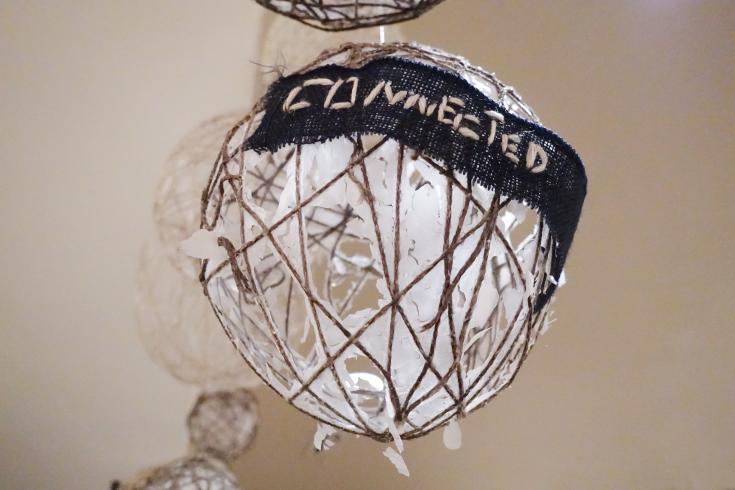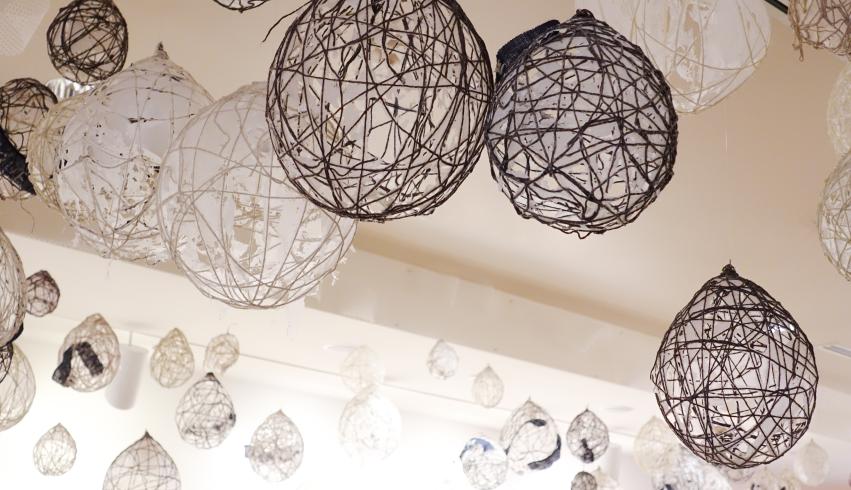Shaping Ourselves
The Materials of Our Lives
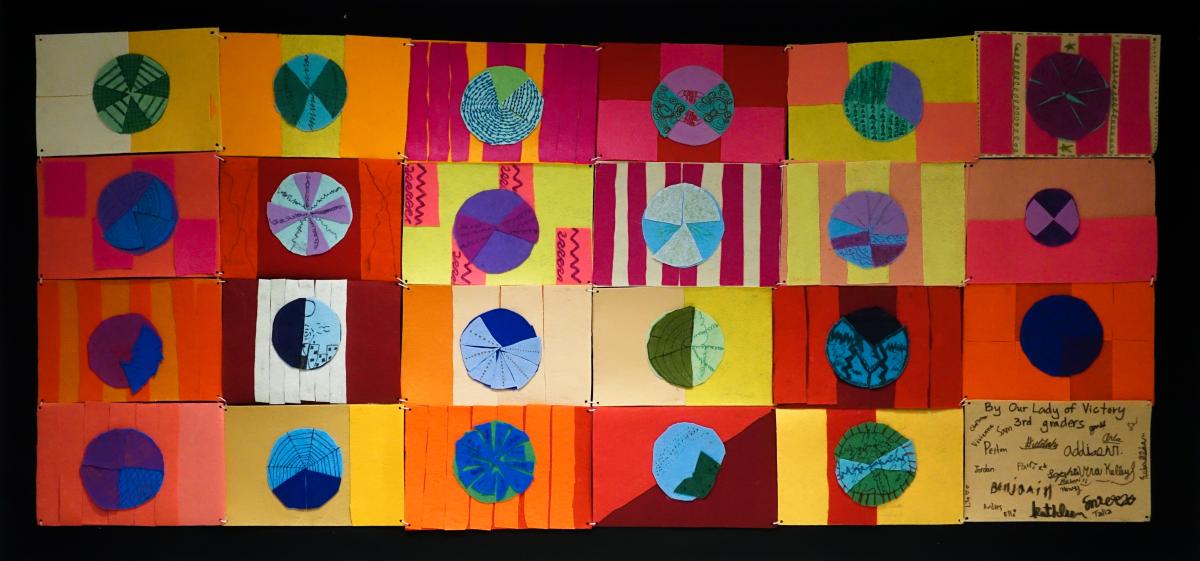
Artworks are made from a wide variety of materials: paper, metal, wood, plastics, cloth, clay, and much more. How do materials like these shape us? Why are we drawn to different materials? Where do materials come from? Why do materials mean different things to different people?
About the Program
The Phillips Collection’s partnership with three schools showcases how students across Washington, DC, and Virginia answer those questions. Explore how students from Inspired Teaching Demonstration School, The Langley School, and Our Lady of Victory used different materials to convey meaning through their art.
ArtLinks, The Phillips Collection’s multi-visit school partnership program, enhances students’ classroom learning through arts integration. From November 2022 to February 2023, Phillips Educators worked with classroom teachers to design projects relevant to their students and connected to their classroom curricula. Enjoy spending time with the more than 200 student works inspired by the exhibition Pour, Tear, Carve: Material Possibilities in the Collection. How do the artworks help you reimagine your understanding of how materials shape our lives, our identities, and our perceptions of the world around us?
School Participants
Inspired Teaching Demonstration School, DC- Pre-K, 2nd, 5th, and 6th
The Langley School, VA- Kindergarten, 4th, and 8th
Our Lady of Victory, DC- 3rd, 5th, and 7th
Photography by Davinna Barkers-Woode
Inspired Teaching Demonstration School (ITDS)
Pre-K
Teachers: Micaela Goldzweig, Marie Rayme, Aliah Harrison, Sarah Gladkov-Shachar, Sha’Daija Hendrick, Chrystena Hill, and Keonia Keeton
Pre-Kindergarten students at ITDS explored the idea of togetherness. What does togetherness mean? Why do people come together? What can people accomplish together? The classes discussed three different reasons to come together–to help, to celebrate, and to love. Families were invited into class to share their ideas of togetherness, and students learned about many powerful things that can happen when people come together. At the Phillips, students visited artwork that showed togetherness and friendship in different forms. Then students created collaborative collages using photos, paper scraps, and found objects showing their three different forms of togetherness.
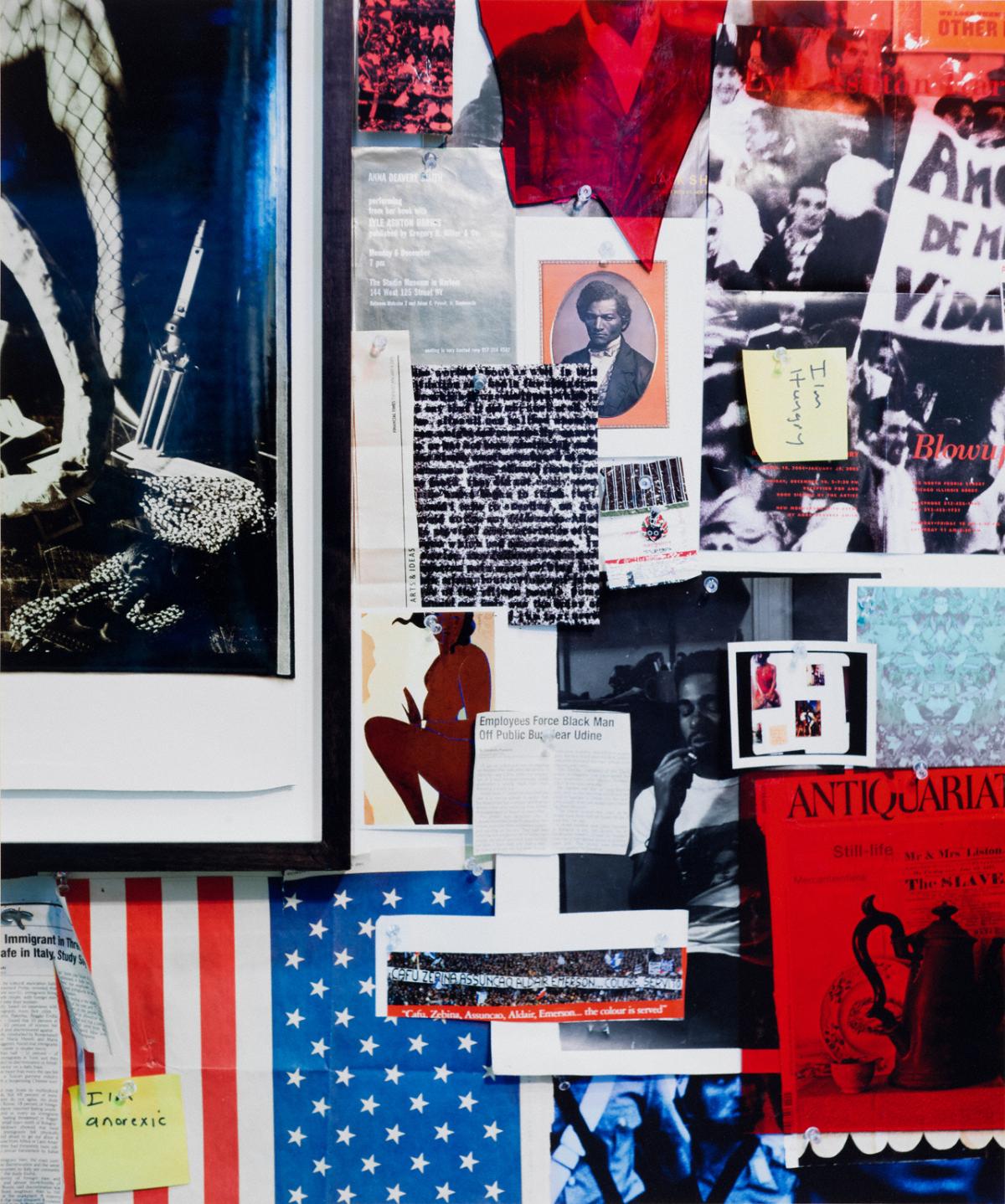
Artwork Inspiration: Lyle Ashton-Harris, Blow-Up II (Armory), 2005 (on view in Pour, Tear, Carve)
Second Grade Art & Science
Teacher: Keonia Keeton
In their science classes, students learned about different habitats and the adaptations of plants and animals that survive there. Each student chose an animal and researched their habitat, then reported on the adaptations and special characteristics of the environment. In connection with this work, students created multimedia shadow boxes depicting their animal in its habitat.
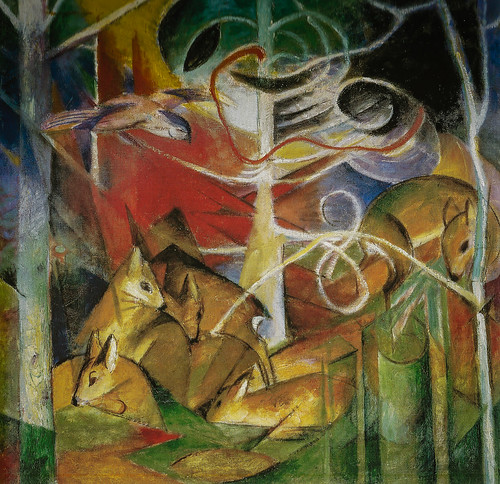
Artwork Inspiration: Franz Marc, Deer in the Forest I, 1913
Fifth & Sixth Grade Art
Teachers: Amber Dooley and Keonia Keeton
Students began this project with an in-depth exploration of Jacob Lawrence’s Migration Series and his artistic process. Using Lawrence’s work as a springboard for conversations about migration, students conducted interviews of migrants within their communities. These interviews, and students’ personal experiences, inspired the works on view here. This collection–which emulates the techniques that Lawrence used to color his original panels–represents a modern “Migration Series.”
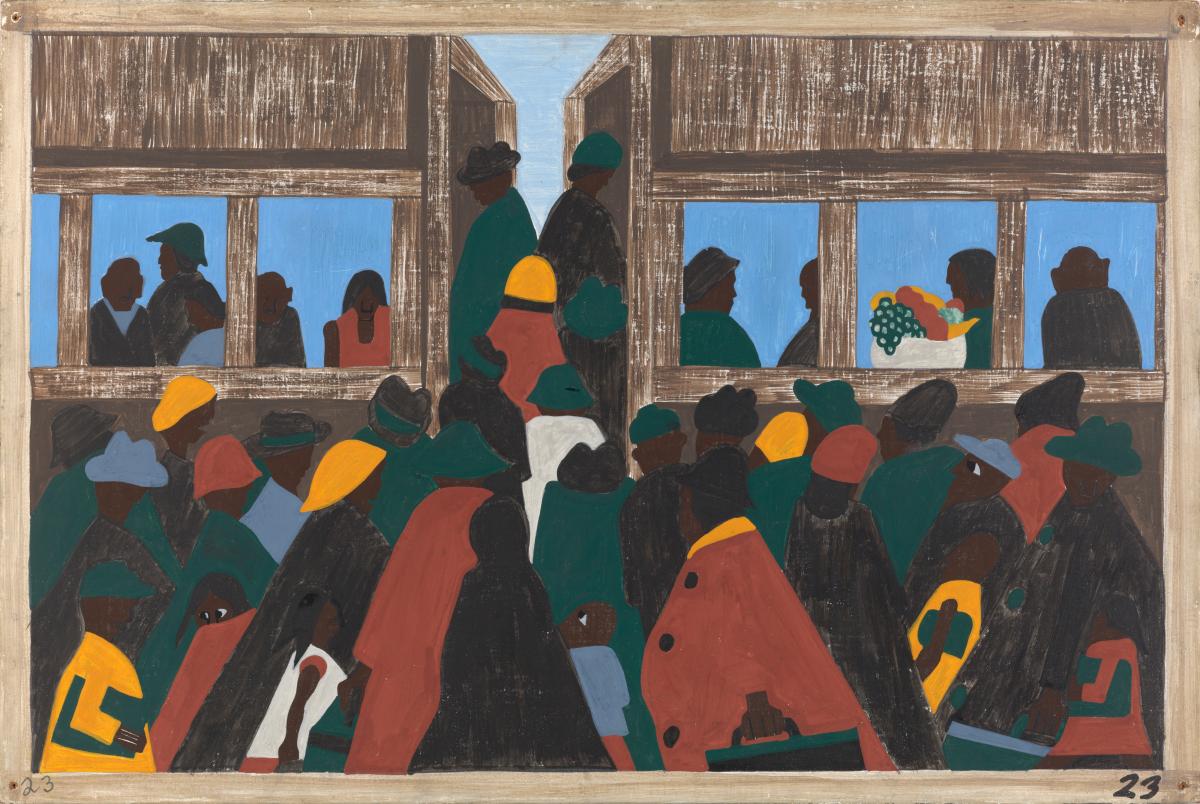
Artwork Inspiration: Jacob Lawrence, The Migration Series, 1940-41 (on view in Pour, Tear, Carve)
Our Lady of Victory
Third Grade Math
Teachers: Rosanne Weber and Maya Dunbar
The third-grade students each created a section of a collaborative felt quilt to extend their understanding of fractions. Students identified various fractions to create a work of art demonstrating that fractions are equal parts of a whole. Through hands-on learning, the students gained a better understanding of equivalent fractions.
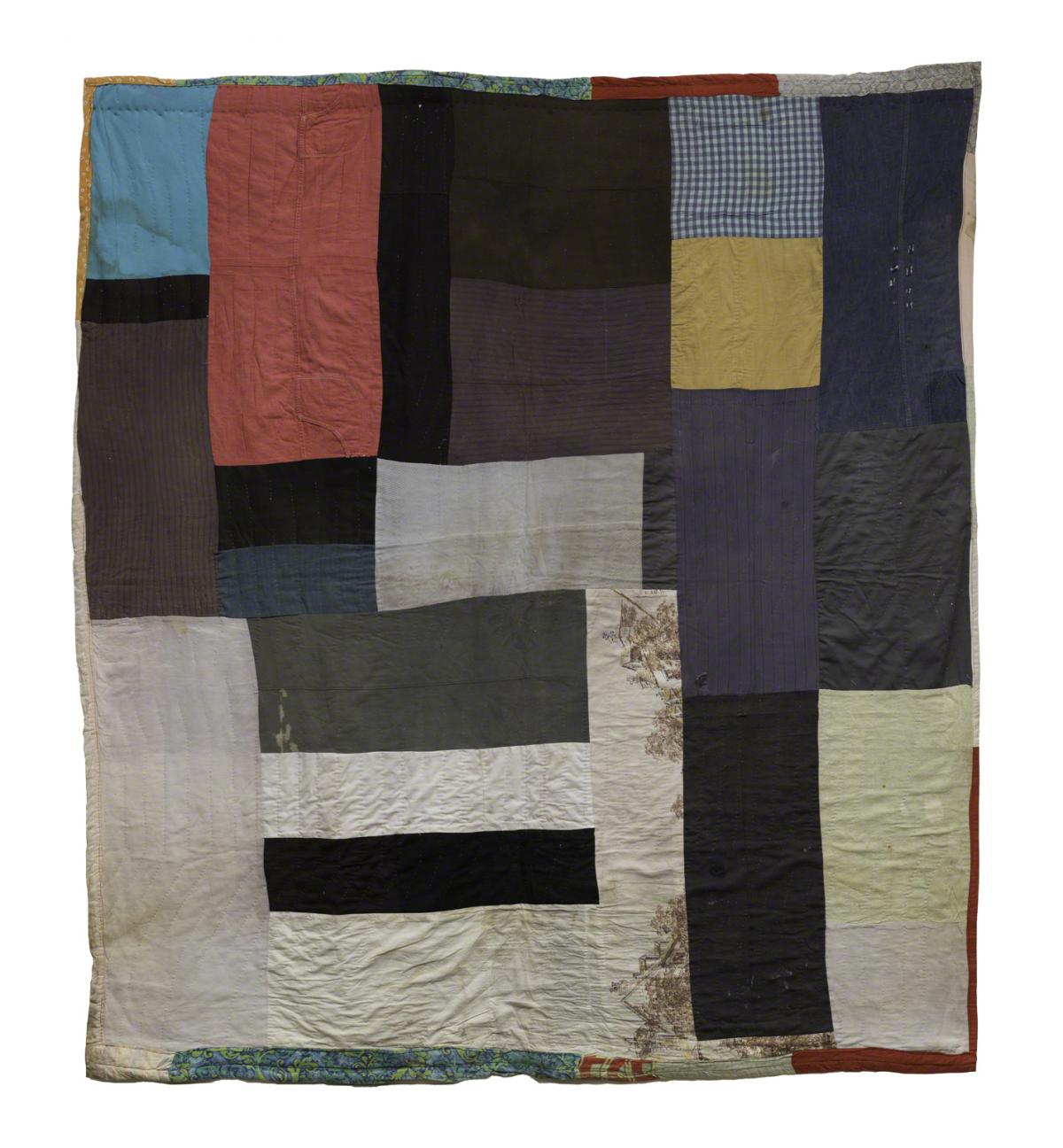
Artwork Inspiration: Aolar Mosely, Blocks, 1955 (on view in Pour, Tear, Carve)
Fifth Grade Social Studies
Teachers: Rosanne Weber and Lauren Harper
The fifth-grade students each created unique relief sculptures exploring the idea of tension through a wide variety of materials. The class is learning about the early colonial period in American history and specifically the colonists’ tense relationship with the British monarchy. Students empathized through their art with people, past and present, who are enduring oppression of their beliefs.
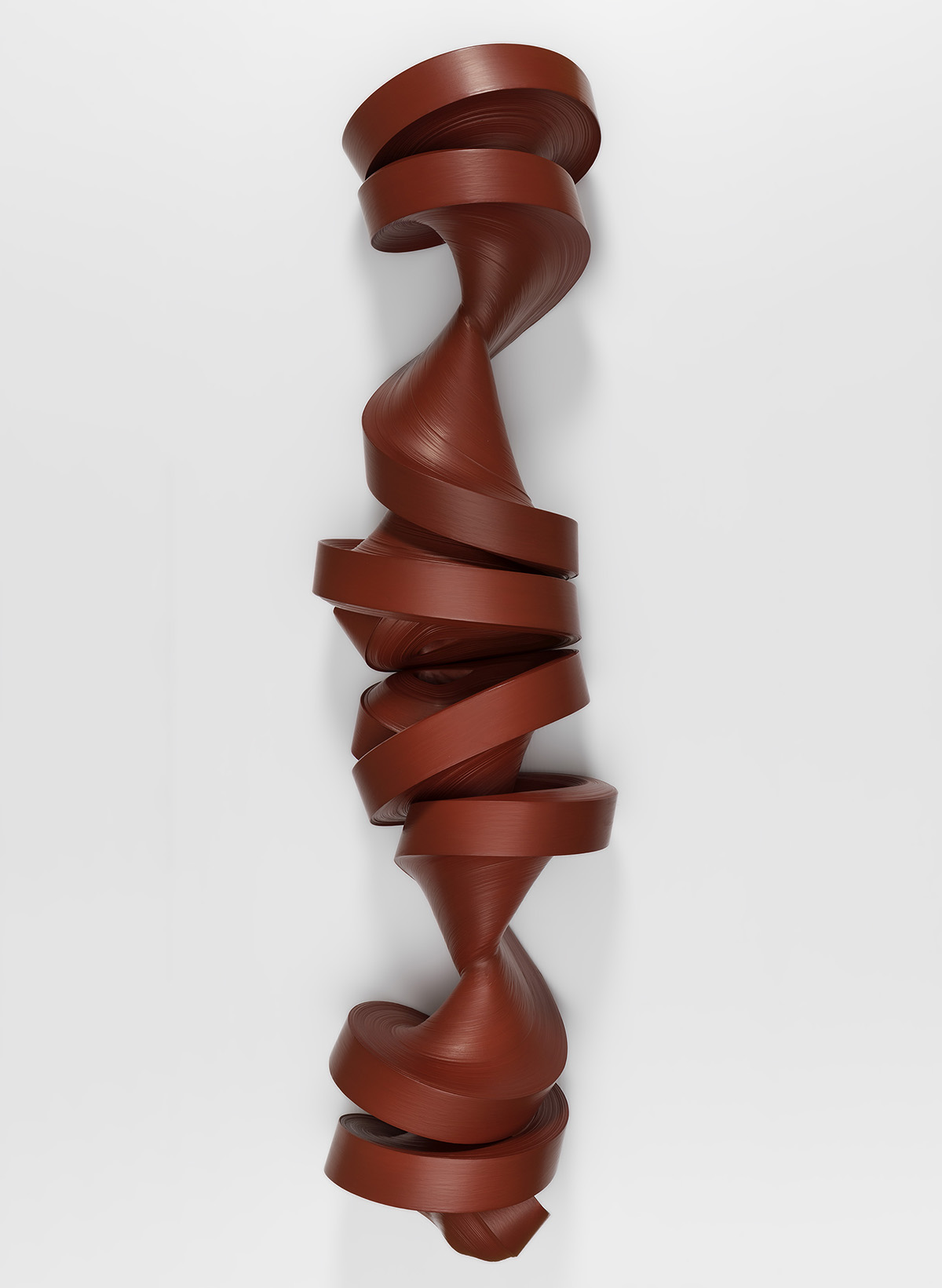
Artwork Inspiration: Jae Ko, Untitled (JK 719), 2012 (on view in Pour, Tear, Carve)
Seventh Grade Reading & Science
Teachers: Rosanne Weber, Elise Rahimi, and Gretchen Hochhausler
The seventh-grade students are reading House of the Scorpion in their reading and science classes. Following the themes of the book, students explored the concept of identity through a collaborative, symbolic work of art. The students created an image that symbolized their identity as a school, as a class, and as part of the community. Each student formed a section of the overall work that gives an abstract yet insightful description to express themselves and connect with their peers in class and the wider school community.
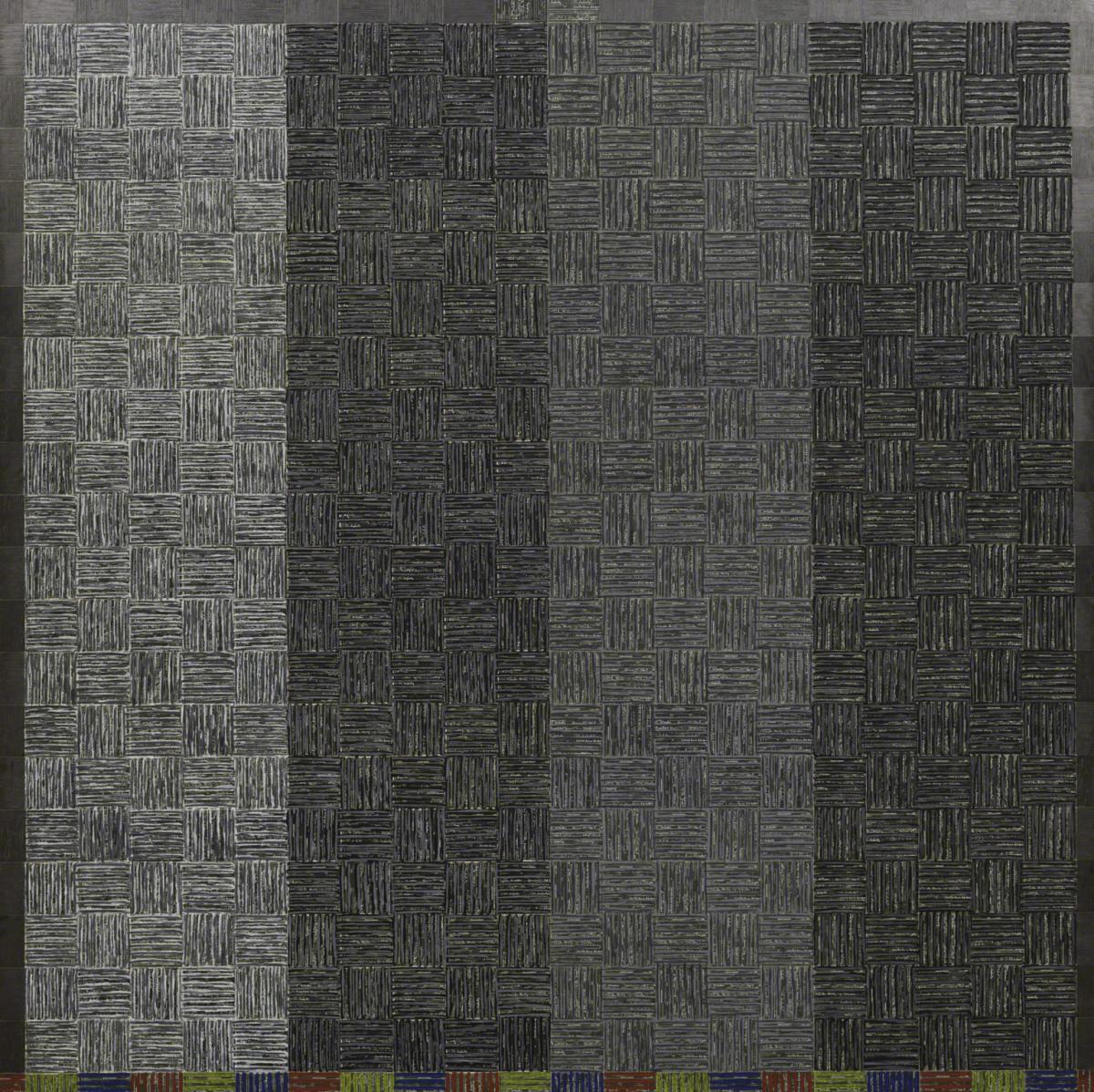
Artwork Inspiration: McArthur Binion, DNA: Black Painting: 1, 2015 (on view in Pour, Tear, Carve)
The Langley School
Kindergarten, Grade 4, and Grade 8 Art
Teachers: Brittany Root, Jamie Rodriguez, Paige Dunn
Langley students collaborated to create a multimedia artwork to explore the intersection of natural systems and community systems through a variety of materials.
Kindergarteners gathered soil from Langley’s campus to make paint, which they then used to create a map of the Potomac River. Grades 4 and 8 used wool yarn, a reference to the historic use of the land for farming, glue, and balloons to make hanging spheres interwoven with burlap displaying words students associate with being part of the Langley community.
The artwork explores the connection between a natural resources cycle and a cycle within the Langley community. The land Langley utilizes is a piece of a larger environmental system within the Potomac River watershed and, more broadly, the Chesapeake Bay watershed. The historic stewardship of the land Langley inhabits influences the overall health of the watershed. Similarly, each student is a piece of a larger community system within the school – individual students within the broader community influence the overall health of The Langley School. The natural resources cycle is reflected in the choice of materials used to build the artwork, while the community cycle is represented through the symbolism of each interwoven component.
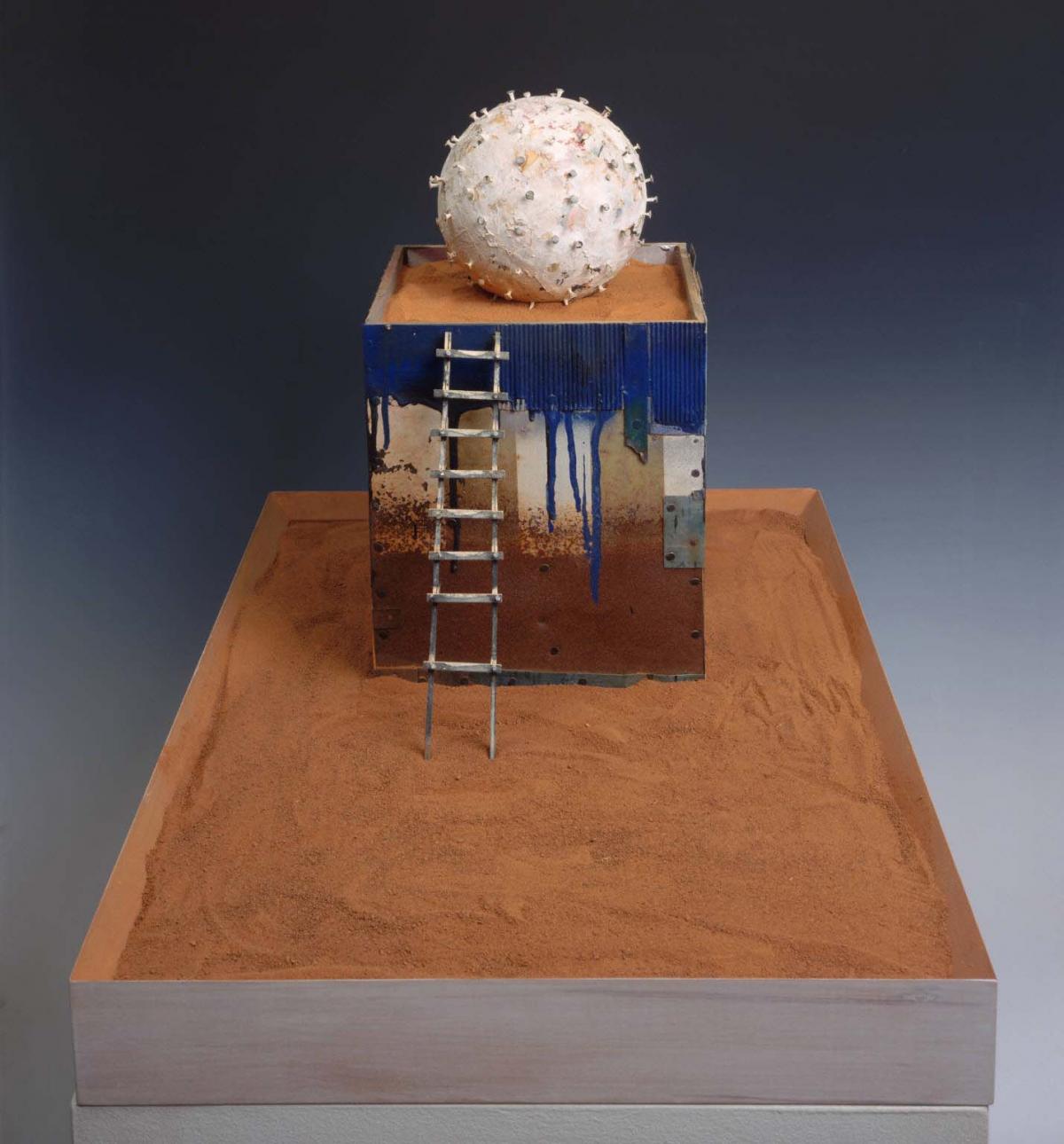
Artwork Inspiration: William Christenberry, Southern Monument XI, 1983 (on view in Pour, Tear, Carve)
